

12+ Opening Speech Examples for Presentations & Quick Tips
Last updated on June 7th, 2024

These days, most of the audience prefers an informal approach in presentations, but at the same time, it must sound professional. When people prepare for any type of presentation, they often face this dilemma: how to start a presentation? What should be the opening speech? How much time should we take for the introduction part?
The first three minutes of your presentations are crucial to get to your audience with an engaging message and make the overall presentation effective. With the proper opening speech for your presentation, you can hook your audience, win the audience’s attention and get them audience interested in what you have to say. Check out some speech introduction examples to get familiar with this topic. Undoubtedly, if the beginning of your presentation is solid and exciting, the chances of success of your presentation increase. Opening your persuasive speech entirely depends upon your style and choice because when you are giving a presentation, you are required to be yourself and avoid putting artistic elements. So, choose something with which you are entirely comfortable.
If you are looking on how to start a speech then this article can help you to get some ideas. Here is a list of opening speech examples that you can use to prepare your presentations with a persuasive speech that convinces the audience. Find useful starting lines of speech, phrases and strategies to make your presentation a success:
1. Opening Speech with Greetings
This is the very basic, common and important step in which you need to greet your audience by wish them good morning/afternoon or evening (as per the time of session in which you are giving presentation). How to start a speech? Check out some of the examples below including a simple but effective speech introduction greeting example.
Example of Opening Greetings
Hello, everyone. I’d like, first of all, to thank the organizers of this meeting for inviting me here today.
Another example of opening Greeting speech.
Good morning, ladies and gentlemen. I am honored to have the opportunity to address such a distinguished audience.
2. Open the Speech by Giving Compliment & Show Gratitude towards your Audience
Secondly, just after wishing greeting to your audience give them compliment and choose some words which show that you are delighted to see them there.
Example:
It’s great to see you all, Thank you for coming here today.
3. Give your introduction: Introduce Yourself
How you introduce yourself during a presentation is important. There are many ways to introduce yourself. Here we will see some examples on how to introduce yourself in a presentation. First of all, give your introduction start from telling your name. You can show some casual attitude by telling your short name or nick name, and then tell the audience more about your background and what you do.
For example, a good way to start introducing yourself could be:
My name is Louis Taylor, friends call me Lee sometimes.
Then introduce yourself professionally and give quite information about what you do and why are here today. For Example:
I am a software engineer by profession and working in ABC Corp. Today, I am here to provide you some exciting information about new technology, which is going to be very beneficial for you in future.
Another example of self-introduction speech:
For those of you who don’t know me already, my name is Louis Taylor, and I’m responsible for the software department at ABC Corp.
Using a self-introduction template and slide in your presentation, you can support your speech while presenting the information about you in the projection. You can also visit self introduction speech examples to find out some examples on how to introduce yourself and download self-introduction templates for PowerPoint & Google Slides.
4. Opening with the Topic of the Speech
Next is the part where you introduce the topic of your presentation or speech. Here are some examples of good opening speech for presentations examples on a specific topic.
What I’d like to present to you today is…
Or here is a simplified example of a good introduction for presentation in which we try to get the audience’s attention over the screen where you are presenting the content of your PowerPoint or Google Slides presentation.
As you can see on the screen, our topic today is…
5. Signpost
Put all your information in front of them and then put your proposal and its related information and key point by which you can implement and utilize that idea effectively. Now let collect these points to make a summary and concise illustration. Here is an example of presentation starting speech that you can use:
“Good afternoon every one, it’s great to see you all here, thank you for coming. My name is Louis Taylor, friends call me Lee sometimes. I am a software engineer by profession and working with ABC Ltd. Today we are here to know about new software so that we can take most of it. Firstly, we will look how it work, next we will discuss where can we use it, then we will learn what are its advantages and finally we will discuss what precautions are required to kept in mind while implementing it.”
6. Creating an Emotional Connection in Your Opening Speech
An effective opening speech is not just about presenting information or stating facts; it’s about forging an emotional connection with your audience. Building this connection can make your presentation more engaging, relatable, and memorable. Here are some strategies to achieve this:
Storytelling: One of the most powerful ways to establish an emotional connection is through storytelling. Sharing a personal anecdote or a relevant story can evoke emotions and draw your audience into your presentation. Make sure your story aligns with the overall theme of your presentation and adds value to your message.
Example of speech opening:
“Good morning, everyone. When I was a little boy, I used to watch my grandfather work tirelessly on his old typewriter. The clacking of the keys was a lullaby that lulled me into dreams of creating something impactful. Today, I am here to talk about the evolution of technology and its effect on communication, from typewriters of old to the smartphones of today.”
Relatability: Find common ground with your audience. This could be based on shared experiences, values, or aspirations. Doing so helps to humanize you, making it easier for your audience to relate to your message.
“Like many of you, I too struggle with maintaining a work-life balance in this fast-paced digital world. Today, I’ll share some strategies I’ve discovered that have significantly improved my quality of life.”
Utilizing Emotions: Use emotions like humor, surprise, curiosity, or inspiration to engage your audience. Different emotions can be used depending on the tone and purpose of your presentation.
“Did you know that the average person spends two weeks of their life waiting for traffic lights to change? That certainly puts our daily commute in a new light, doesn’t it?”
Remember, authenticity is crucial in building an emotional connection. Be yourself, share your experiences, and speak from the heart. This helps to gain your audience’s trust and keeps them engaged throughout your presentation.
7. Harnessing the Power of Visual Aids in Your Opening Speech
Visual aids are a potent tool in any presentation, particularly in your opening speech. They can grab your audience’s attention with a visually appealing cover slide, support your message, and make a lasting impression. Here are some ways you can utilize visual aids in your opening speech.
Images: An image is worth a thousand words, they say, and it’s true. An impactful or relevant image can pique the curiosity of your audience and set the tone for your presentation. Ensure the image aligns with your topic and contributes to your overall message.
“As you can see on the screen, this is an image of a barren desert. It may surprise you to learn that this was once a thriving forest. Today, I’ll be talking about climate change and its irreversible effects.”
Short Videos: A short video can be a great way to engage your audience. This could be a brief clip that illustrates your topic, a short animation, or even a quick introductory video about you or your organization.
Example of a presentation opening statement:
“Before we start, let’s watch this brief video about the incredible journey of a raindrop.”
Infographics and Charts: If you are sharing statistical data or complex information, infographic slides or charts can simplify and clarify your message. They are visually engaging and can help your audience understand and remember the information.
“Take a look at this chart. It shows the exponential increase in cybercrime over the last five years, a topic that we will delve into further today.”
Slides: A well-designed slide can provide a visual structure for your opening speech. It should be clean, easy to read, and should not distract from your speech. Avoid cluttering your slides with too much text or complex graphics.
“According to the infographic on the screen, we can see the three core areas we’ll be focusing on in today’s presentation.”
Remember, the goal of using visual slides is to enhance your message, not overshadow it. They should complement your speech and provide visual interest for your audience. Always test your visual aids beforehand to ensure they work properly during your presentation.
8. Engaging Your Audience with Rhetorical Questions
A rhetorical question is a powerful tool you can use in your opening speech to provoke thought and engage your audience. By posing a question that doesn’t require an answer, you can pique your audience’s interest, make them think, and steer their focus towards your presentation’s key points. Here’s how to use rhetorical questions effectively in your opening speech:
Spark Curiosity: Use a rhetorical question to spark curiosity about your topic. This question should be thought-provoking and relevant to your presentation.
“Have you ever stopped to wonder how much of your life is influenced by social media?”
Highlight Key Issues: A rhetorical question can help highlight the key issues or problems that your presentation aims to address. This will help your audience understand the importance of your topic.
“What would happen if our natural resources were to run out tomorrow?”
Encourage Reflection: Encourage your audience to reflect on their personal experiences or beliefs. This will make your presentation more relatable and engaging.
“How many of us truly understand the value of our mental health?”
Set the Tone: You can also use a rhetorical question to set the tone of your presentation, whether it’s serious, humorous, or contemplative.
“Is there anyone here who doesn’t love pizza?”
Remember, rhetorical questions are meant to stimulate thought, not to put anyone on the spot. Make sure your questions are relevant to your topic and are appropriate for your audience. With the right questions, you can grab your audience’s attention, keep them engaged, and guide their thinking throughout your presentation.
9. Leveraging Statistical Data in Your Opening Speech
Using statistical data in your opening speech is a powerful way to capture the audience’s attention and lend credibility to your message. Surprising or impactful statistics related to your presentation’s topic can instantly make your audience sit up and take notice. Here’s how you can incorporate statistical data effectively in your opening speech:
Relevant and Interesting Data: Choose statistics that are directly relevant to your topic and are likely to pique your audience’s interest. This data should enhance your message and provide valuable context for your presentation.
“Do you know that according to the World Health Organization, depression is the leading cause of disability worldwide, affecting over 264 million people?”
Simplify Complex Data: If you’re presenting complex or dense data, make sure to simplify it for your audience. Use percentages, comparisons, or visual aids like infographics or charts to make the data easily understandable.
“Look at this chart. It represents the staggering 80% increase in cybercrime incidents over the past five years.”
Credible Sources: Always ensure your data comes from credible and reputable sources. This not only adds legitimacy to your presentation, but it also boosts your credibility as a speaker.
“According to a recent study published in the Journal of Environmental Science, air pollution contributes to 1 in 8 deaths worldwide.”
Shocking or Surprising Data: If you have statistics that are surprising or counter-intuitive, they can be an excellent way to grab your audience’s attention and spark curiosity about your presentation.
“Can you believe that, according to the United Nations, we waste approximately 1.3 billion tons of food every year, while one in nine people worldwide go hungry?”
Using statistical data in your opening speech can help to highlight the significance of your topic, draw your audience in, and lay a solid foundation for the rest of your presentation. Remember to present your data in a clear, accessible way, and always cite your sources to maintain credibility.
10. Creating a Powerful Hook with Anecdotes and Quotations
Anecdotes and quotations can be a powerful tool in your opening speech, serving as hooks that draw your audience into your presentation. They can provide a human element to your topic, connect with your audience on an emotional level, and add depth to your message. Here’s how you can effectively incorporate anecdotes and quotations in your opening speech:
Relevant Anecdotes: Sharing a relevant anecdote, whether personal or related to your topic, can make your presentation more relatable and engaging. Your anecdote should be brief, interesting, and serve to illustrate a point related to your topic.
“When I was a teenager, my family’s home was destroyed by a fire. That experience ignited in me a passion for safety measures and awareness, which brings us to today’s topic: fire safety in residential areas.”
Inspiring Quotations: A well-chosen quote can add depth and perspective to your topic. It can inspire, provoke thought, or set the tone for your presentation. Presenting it with a visually appealing quote slide increases the chances to make a lasting impression. Make sure the quote is relevant to your topic and from a credible source.
“Albert Einstein once said, ‘The world as we have created it is a process of our thinking. It cannot be changed without changing our thinking.’ This leads us into our discussion today on the importance of mindset in personal development.”
Humorous Anecdotes or Quotations: Depending on the formality of the setting and the topic of your presentation, a funny anecdote or quote can help to relax the audience, making them more receptive to your message.
“Mark Twain once said, ‘I didn’t have time to write a short letter, so I wrote a long one instead.’ As a fellow writer, I can relate to this sentiment, which brings us to our topic today: the art of concise writing.”
Remember, your anecdote or quote should serve to enhance your message, not distract from it. It should be interesting, relevant, and appropriately timed. With the right anecdote or quote, you can create a powerful hook that engages your audience from the outset.
11. Integrating Storytelling in your Opening Speech
Storytelling is a compelling method to make your opening speech memorable and engaging. A well-told story can create a strong emotional connection with your audience, making your presentation more impactful. Here’s how to effectively weave storytelling into your opening speech:
Choosing the Right Story: The story you tell should be relevant to your topic and capable of illustrating the point you’re trying to make. It could be a personal experience, a case study, or a historical event.
“Years ago, I worked on a project that, at the outset, seemed destined for success. But due to a lack of clear communication within the team, the project failed. Today, we will be discussing the importance of effective communication within teams.”
Creating Suspense: Build suspense in your story to hold your audience’s attention. You can do this by posing a problem or a conflict at the beginning of your story, which gets resolved by the end of your presentation.
“One day, as I was walking through a remote village in Africa, I came across a scene that profoundly changed my perspective. But before I reveal what it was, let’s discuss the issue of clean drinking water in underdeveloped countries.”
Showing, Not Telling: Make your story more vivid and engaging by showing, not telling. Use descriptive language and paint a picture with your words to make your audience feel like they’re part of the story.
“As the sun rose over the bustling city of Tokyo, I found myself in a small sushi shop tucked away in a quiet alley, experiencing what would become a pivotal moment in my culinary journey.”
Relatable Characters: If your story involves characters, make them relatable. Your audience should be able to see themselves in your characters, or at least understand their motivations and challenges.
“Meet Sarah, a single mother of two, working two jobs just to make ends meet. Her struggle is the reason we’re here today, to discuss the issue of minimum wage in our country.”
Storytelling is a powerful tool that can bring your presentation to life. A well-told story can captivate your audience, making your message more memorable and impactful. Be sure to select a story that aligns with your overall message and is appropriate for your audience.
12. Incorporating Interactive Elements in Your Opening Speech
Involving your audience from the get-go can make your presentation more engaging and memorable. By integrating interactive elements into your opening speech, you can foster a sense of participation and connection among your listeners. Here’s how you can do it:
Audience Polling: Modern presentation software often includes real-time polling features. You can ask your audience a question related to your topic and display the results instantly.
“To start, I’d like to ask you all a question. (Show poll on screen) How many of you think that Artificial Intelligence will significantly change our lives in the next ten years?”
Questions for Thought: Pose a thought-provoking question to your audience at the beginning of your speech. It can stimulate curiosity and get your listeners thinking about your topic.
“Before we delve into today’s topic, I want you to ponder this: what would you do if you had only 24 hours left to live? Keep that in mind as we discuss the importance of time management.”
Physical Engagement: Depending on the formality and size of your audience, you can incorporate physical engagement. This can range from a simple show of hands to engaging activities.
“By a show of hands, how many of you have ever felt overwhelmed by the amount of information available on the internet? That’s what we’ll be discussing today: information overload in the digital age.”
Interactive Quizzes: Quizzes can be a fun and interactive way to engage your audience and test their knowledge on your topic. It can also serve as a hook to introduce your topic. You can use a free Quiz PowerPoint template to ease the job of creating a quiz for your presentation.
“I have a quick quiz for you all (show quiz on screen). Let’s see who can guess the most common fear among adults. The answer will lead us into our topic of discussion today: overcoming fear.”
Remember, the goal of incorporating interactive elements is to engage your audience, so it should be relevant and add value to your presentation. Tailor your interactive elements to suit the needs and preferences of your audience, and you’ll have a winning opening speech.
What are the Objectives of Preparing a Good Introduction and Opening Speech?
As we mentioned earlier, the first minutes of your presentation are crucial to hook the audience and let them pay attention to the message you want to convey. This will depend on the type of presentation (if it is persuasive presentation, informative presentation or a presentation for entertaining the audience), but in general terms, when presenting we need to:
- Capture the audience’s attention
- Present information, opinions, ideas to the audience.
- Present important details about a specific topic.
- Sell an idea.
- Make the information memorable so it can persist over the time.
- Get your audience to take action, a Call to Action. E.g. purchase a product, enroll to something, fundraise, etc.
Real-Life Examples of Effective Opening Speeches
Barack Obama started his speech in the White House Correspondents’ Dinner saying: “You can’t say it, but you know it’s true.”
In same cases, humour can be a great companion for your speech. If you can use humour in a positive way, then getting a laugh in the first seconds of a presentation can get your audience hooked. It is a great way to open your speech.
Final Thoughts
Try to make habit of starting your presentation this way, it will sound great. You may come across several more opening speech examples for presentation but, once you implement this you yourself will realize that this is the best one. Alternatively you can learn more on quotes for presentations & speech topics to use during your presentation in PowerPoint, learn how to close your presentation , or find other relevant speech introduction greeting examples.
49 comments on “ 12+ Opening Speech Examples for Presentations & Quick Tips ”
thank you very much
Hi Kavishki, we hope the article was useful for you. Will be great to learn more about how you have used the speech examples. If you need more speech ideas, I’d recommend you free Persuasive Speech topics .
hi,good morning all of you.i’m shadi.now i’m going to do a panel discussion.we want some informations from you we believe all will support us.
Hi Kavishki, good morning. Can please provide more information about the Panel Discussion needs and if it involves a PowerPoint presentation? We’d be happy to be of help!
This was very useful to me! But i need more speech ideas!
Being a content person myself,i’ve gotta be honest.Now this was assisting,you bet…great stuffow.
Thank you so much. It’s very helpful. Keep it up.. Good luck <3
plesae i would like u my pleasure to help me with some opening celebration word,s specially greeting to the audience
It would be appreciable if you share more speech about this.thank you.
thanks a lot for dis.. really its very helpful
I do thank you for the tips you provided me with on how to make speeches/presentations.
a very gud thanks for such tips
Thank you for the information. Very good tips.
thanks you for the great ideas. this can help me to improve my presentation skill.
this information very nice to me.i get many new thing after i read this article.this information can help me to make a good presentation later.thank you.
I think this article is very useful for me to make presentations. Thank.
I think it is true.Keep it up.
What a good infomation.It very useful thank u
Thank you for the information. Its very helpful
It is helpful for my presentations.
i hope someone could teach me present more effectively. i would appreciate it
Thank you for the information.i can learn about the article/speech with simple and easy to understand..
this is useful tips
Good tips on how to start a presentation.
Thankyou for this. This really helped me a lot.
This tips makes me more confident . Thank you very much and break a leg guys !
Hi, I’m Gayathiri. I would like to thank you for giving such a helpful tips. I will defenitely use this tips in my speech/presentation.So, I hope my friends also use this tips for their presentation.
it was a good tip for us newbie on how to make a speech without any worries.
Thank you for your note and tip… It can change me to be a good student..
This article really helped me a lot for preparing a presentation.
this all very useful tips…can boost my confident during the presentation.thank you so much….
it’s very use helpful..thank you!
I need to view ths document
This was a good read. Thank you for the information.
Thank you for the information about the introduction during pesentation.Truely,i really need to study lot about how to start my presentation so that the audience are interesting to hear what i want to talk about and do not feel bored.
it’s is very usefull article that can use as our revision in upcoming for the next presentation.Thank you..
Thank you miss because of this article, it can help me on my next presentation.
thank you for this article,it’s useful to improve my presentation tasks.
this article has many tips for prepare to our presentation.thank you for sharing this article.
Thanks for the useful information. Can I ask how can I improve my self-confidence so as not to be embarrassed when presenting? Any idea? Thank you.
thank you..i’ll try to use those information for my presentation so i’ll be the best presenter in my class
this information very nice and useful to me.i get many new thing and tips after i read this article.this information can help me to make a good and better presentation later.thank you for useful information and meaningful for me
first of all, thank you for the help. there are a lot of great idea for me to use for my next presentation
Hi please i would like you to help me write an introduction for a speech about myself to my teacher
It’s help my presentation
Thank you so so much I will tell this at the UNIVERSITY presentation
please i really love your speech but can you please throw more light on the introduction
Hi every body I have entretien to USA Ambassi.
I need good presentation.
thank you so much for such a beneficial tips.
Leave a Comment Cancel reply
Your email address will not be published. Required fields are marked *
Save my name, email, and website in this browser for the next time I comment.
Sign up to our newsletter
We will send you our curated collections to your email weekly. No spam, promise!
Home Blog Presentation Ideas How to Start a Presentation: 5 Strong Opening Slides and 12 Tricks To Test
How to Start a Presentation: 5 Strong Opening Slides and 12 Tricks To Test

Knowing how to start a presentation is crucial: if you fail to capture the audience’s attention right off the bat, your entire presentation will flop. Few listeners will stick with you to the end and retain what you have told.
That is mildly unpleasant when you are doing an in-house presentation in front of your colleagues. But it can become utterly embarrassing when you present in front of larger audiences (e.g., at a conference) or worse – delivering a sales presentation to prospective customers.
Here is how most of us begin a presentation: give an awkward greeting, thank everyone for coming, clear our throats, tap the mic, and humbly start to mumble about our subject. The problem with such an opening performance? It effectively kills and buries even the best messages.
Table of Contents
- The Classic Trick: Open a Presentation with an Introduction
- Open a Presentation with a Hook
- Begin with a Captivating Visual
- Ask a “What if…” Question
- Use the Word “Imagine”
- Leverage The Curiosity Gap
- The Power of Silence
- Facts as Weapons of Communication
- Fact vs. Myths
- The Power of Music
- Physical Activity
- Acknowledging a Person
How to Start a PowerPoint Presentation The Right Way
Let’s say you have all of your presentation slides polished up (in case you don’t, check our quick & effective PowerPoint presentation design tips first). Your presentation has a clear storyline and agenda. Main ideas are broken into bite-sized statements for your slides and complemented with visuals. All you have left is to figure out how you begin presenting.
The best way is to appeal to and invoke certain emotions in your audience – curiosity, surprise, fear, or good old amusements. Also, it is recommended to present your main idea in the first 30 seconds of the presentation. And here’s how it’s done.
1. The Classic Trick: Open a Presentation with an Introduction

When you don’t feel like reinventing the wheel, use a classic trick from the book – start with a quick personal introduction. Don’t want to sound as boring as everyone else with your humble “Hi, I’m John, the head of the Customer Support Department”? Great, because we are all about promoting effective presentation techniques (hint: using a dull welcome slide isn’t one of them).
Here’s how to introduce yourself in a presentation the right way.
a. Use a link-back memory formula
To ace a presentation, you need to connect with your audience. The best way to do so is by throwing in a simple story showing who you are, where you came from, and why your words matter.
The human brain loves a good story, and we are more inclined to listen and retain the information told this way. Besides, when we can relate to the narrator (or story hero), we create an emotional bond with them, and, again – become more receptive, and less skeptical of the information that is about to be delivered.
So here are your presentation introduction lines:
My name is Joanne, and I’m the Head of Marketing at company XYZ. Five years ago I was working as a waitress, earning $10/hour and collecting rejection letters from editors. About ten letters every week landed to my mailbox. You see, I love words, but decent publisher thought mine were good enough. Except for the restaurant owner. I was very good at up-selling and recommending dishes to the customers. My boss even bumped my salary to $15/hour as a token of appreciation for my skill. And this made me realize: I should ditch creative writing and focus on copywriting instead. After loads of trial and error back in the day, I learned how to write persuasive copy. I was no longer getting rejection letters. I was receiving thousands of emails saying that someone just bought another product from our company. My sales copy pages generated over $1,500,000 in revenue over last year. And I want to teach you how to do the same”
b. Test the Stereotype Formula
This one’s simple and effective as well. Introduce yourself by sharing an obvious stereotype about your profession. This cue will help you connect with your audience better, make them chuckle a bit, and set a lighter mood for the speech to follow.
Here’s how you can frame your intro:
“My name is ___, and I am a lead software engineer at our platform [Your Job Title]. And yes, I’m that nerdy type who never liked presenting in front of large groups of people. I would rather stay in my den and write code all day long. [Stereotype]. But hey, since I have mustered enough courage…let’s talk today about the new product features my team is about to release….”
After sharing a quick, self-deprecating line, you transition back to your topic, reinforcing the audience’s attention . Both of these formulas help you set the “mood” for your further presentation, so try using them interchangeably on different occasions.
2. Open a Presentation with a Hook
Wow your audience straight off the bat by sharing something they would not expect to hear. This may be one of the popular first-time presentation tips but don’t rush to discard it.
Because here’s the thing: psychologically , we are more inclined to pay attention whenever presented with an unexpected cue. When we know what will happen next – someone flips the switch, and lights turn on – we don’t really pay much attention to that action.
But when we don’t know what to expect next – e.g., someone flips the switch and a bell starts ringing – we are likely to pay more attention to what will happen next. The same goes for words: everyone loves stories with unpredictable twists. So begin your presentation with a PowerPoint introduction slide or a line that no one expects to hear.
Here are a few hook examples you can swipe:
a. Open with a provocative statement
It creates an instant jolt and makes the audience intrigued to hear what you are about to say next – pedal back, continue with the provocation, or do something else that they will not expect.

“You will live seven and a half minutes longer than you would have otherwise, just because you watched this talk.”
That’s how Jane McGonigal opens one of her TED talks . Shocking and intriguing, right?
b. Ask a rhetorical, thought-provoking question
Seasoned presenters know that one good practice is to ask a question at the beginning of a presentation to increase audience engagement. Rhetorical questions have a great persuasive effect – instead of answering aloud, your audience will silently start musing over it during your presentation. They aroused curiosity and motivated the audience to remain attentive, as they did want to learn your answer to this question.
To reinforce your message throughout the presentation, you can further use the Rhetorical Triangle Concept – a rhetorical approach to building a persuasive argument based on Aristotle’s teachings.
c. Use a bold number, factor stat
A clean slide with some mind-boggling stat makes an undeniably strong impact. Here are a few opening statement examples you can use along with your slide:
- Shock them: “We are effectively wasting over $1.2 billion per year on producing clothes no one will ever purchase”
- Create empathy: “Are you among the 20% of people with undiagnosed ADHD?”
- Call to arms: “58% of marketing budgets are wasted due to poor landing page design. Let’s change this!”
- Spark curiosity: “Did you know that companies who invested in speech recognition have seen a 13% increase in ROI within just 3 years?”
3. Begin with a Captivating Visual
Compelling visuals are the ABC of presentation design – use them strategically to make an interesting statement at the beginning and throughout your presentation. Your first presentation slide can be text-free. Communicate your idea with a visual instead – a photo, a chart, an infographic, or another graphics asset.
Visuals are a powerful medium for communication as our brain needs just 13 milliseconds to render what our eyes see, whereas text comprehension requires more cognitive effort.
Relevant images add additional aesthetic appeal to your deck, bolster the audience’s imagination, and make your key message instantly more memorable.
Here’s an intro slide example. You want to make a strong presentation introduction to global pollution. Use the following slide to reinforce the statement you share:

“Seven of nine snow samples taken on land in Antarctica found chemicals known as PFAs, which are used in industrial products and can harm wildlife”
Source: Reuters
4. Ask a “What if…” Question
The “what if” combo carries massive power. It gives your audience a sense of what will happen if they choose to listen to you and follow your advice. Here are a few presentations with starting sentences + slides to illustrate this option:

Alternatively, you can work your way to this point using different questions:
- Ask the audience about their “Why.” Why are they attending this event, or why do they find this topic relevant?
- Use “How” as your question hook if you plan to introduce a potential solution to a problem.
- If your presentation has a persuasion factor associated, use “When” as a question to trigger the interest of the audience on, for example, when they are planning to take action regarding the topic being presented (if we talk about an inspirational presentation).

5. Use the Word “Imagine”
“Imagine,” “Picture This,” and “Think of” are better word choices for when you plan to begin your presentation with a quick story.
Our brain loves interacting with stories. In fact, a captivating story makes us more collaborative. Scientists have discovered that stories with tension during narrative make us:
- Pay more attention,
- Share emotions with the characters and even mimic the feelings and behaviors of those characters afterward.
That’s why good action movies often feel empowering and make us want to change the world too. By incorporating a good, persuasive story with a relatable hero, you can also create that “bond” with your audience and make them more perceptive to your pitch – donate money to support the cause; explore the solution you are offering, and so on.
6. Leverage The Curiosity Gap
The curiosity gap is another psychological trick frequently used by marketers to solicit more clicks, reads, and other interactions from the audience. In essence, it’s the trick you see behind all those clickbait, Buzzfeed-style headlines:

Not everyone is a fan of such titles. But the truth is – they do the trick and instantly capture attention. The curiosity gap sparks our desire to dig deeper into the matter. We are explicitly told that we don’t know something important, and now we crave to change that. Curiosity is an incredibly strong driving force for action – think Eve, think Pandora’s Box.
So consider incorporating these attention grabbers for your presentation speech to shock the audience. You can open with one, or strategically weave them in the middle of your presentation when you feel like your audience is getting tired and may lose their focus.
Here’s how you can use the curiosity gap during your presentation:
- Start telling a story, pause in the middle, and delay the conclusion of it.
- Withhold the key information (e.g., the best solution to the problem you have described) for a bit – but not for too long, as this can reduce the initial curiosity.
- Introduce an idea or concept and link it with an unexpected outcome or subject – this is the best opening for a presentation tip.
7. The Power of Silence
What would you do if you attended a presentation in which the speaker remains silent for 30 seconds after the presentation starts? Just the presenter, standing in front of the audience, in absolute silence.
Most likely, your mind starts racing with thoughts, expecting something of vital importance to be disclosed. The surprise factor with this effect is for us to acknowledge things we tend to take for granted.
It is a powerful resource to introduce a product or to start an inspirational presentation if followed by a fact.
8. Facts as Weapons of Communication
In some niches, using statistics as the icebreaker is the best method to retain the audience’s interest.
Say your presentation is about climate change. Why not introduce a not-so-common fact, such as the amount of wool that can be produced out of oceanic plastic waste per month? And since you have to base your introduction on facts, research manufacturers that work with Oceanic fabrics from recycled plastic bottles .
Using facts helps to build a better narrative, and also gives leverage to your presentation as you are speaking not just from emotional elements but from actually recorded data backed up by research.
9. Fact vs. Myths
Related to our previous point, we make quite an interesting speech if we contrast a fact vs. a myth in a non-conventional way: using a myth to question a well-accepted fact, then introducing a new point of view or theory, backed on sufficient research, that proves the fact wrong. This technique, when used in niches related to academia, can significantly increase the audience’s interest, and it will highlight your presentation as innovative.
Another approach is to debunk a myth using a fact. This contrast immediately piques interest because it promises to overturn commonly held beliefs, and people naturally find it compelling when their existing knowledge is put to the test. An example of this is when a nutritionist wishes to speak about how to lose weight via diet, and debunks the myth that all carbohydrates are “bad”.
10. The Power of Music
Think about a presentation that discusses the benefits of using alternative therapies to treat anxiety, reducing the need to rely on benzodiazepines. Rather than going technical and introducing facts, the presenter can play a soothing tune and invite the audience to follow an exercise that teaches how to practice breathing meditation . Perhaps, in less than 2 minutes, the presenter can accomplish the goal of exposing the advantages of this practice with a live case study fueled by the proper ambiance (due to the music played in the beginning).
11. Physical Activity
Let’s picture ourselves in an in-company presentation about workspace wellness. For this company, the sedentary lifestyle their employees engage in is a worrying factor, so they brought a personal trainer to coach the employees on a basic flexibility routine they can practice in 5 minutes after a couple of hours of desk time.
“Before we dive in, let’s all stand up for a moment.” This simple instruction breaks the ice and creates a moment of shared experience among the attendees. You could then lead them through a brief stretching routine, saying something like, “Let’s reach up high, and stretch out those muscles that get so tight sitting at our desks all day.” With this action, you’re not just talking about workplace wellness, you’re giving them a direct, personal experience of it.
This approach has several advantages. Firstly, it infuses energy into the room and increases the oxygen flow to the brain, potentially boosting the audience’s concentration and retention. Secondly, it sets a precedent that your presentation is not going to be a standard lecture, but rather an interactive experience. This can raise the level of anticipation for what’s to come, and make the presentation a topic for future conversation between coworkers.
12. Acknowledging a Person
How many times have you heard the phrase: “Before we begin, I’d like to dedicate a few words to …” . The speaker could be referring to a mentor figure, a prominent person in the local community, or a group of people who performed charity work or obtained a prize for their hard work and dedication. Whichever is the reason behind this, acknowledgment is a powerful force to use as a method of starting a presentation. It builds a connection with the audience, it speaks about your values and who you admire, and it can transmit what the conversation is going to be about based on who the acknowledged person is.
Closing Thoughts
Now you know how to start your presentation – you have the opening lines, you have the slides to use, and you can browse even more attractive PowerPoint presentation slides and templates on our website. Also, we recommend you visit our article on how to make a PowerPoint Presentation to get familiarized with the best tactics for professional presentation design and delivery, or if you need to save time preparing your presentation, we highly recommend you check our AI Presentation Maker to pair these concepts with cutting-edge slide design powered by AI.
Like this article? Please share
Curiosity Gap, Opening, Public Speaking, Rhetorical Triangle, Speech, What If Filed under Presentation Ideas
Related Articles

Filed under Presentation Ideas • August 22nd, 2024
How to Write a Presentation Script
The script of a speech is a vital aspect for a presentation’s success. Join us here to learn the process of writing a presentation script.

Filed under Presentation Ideas • September 5th, 2023
Persuasive Speech: Actionable Writing Tips and Sample Topics
Business professionals, students, and others can all benefit from learning the principles of persuasive speech. After all, the art of persuasion can be applied to any area of life where getting people to agree with you is important. In this article, we get into the basics of persuasive speaking, persuasive speech writing, and lastly persuasive speech topics.

Filed under Presentation Ideas • August 5th, 2023
How Parkinson’s Law Can Make Your Presentations Better
Sometimes even the best presenters procrastinate their work until the very last moment. And then, suddenly, they get a flow of ideas to complete their slide deck and present like they have been preparing for it for ages. However, doing so has drawbacks, as even professional presenters cannot always elude the side effects of […]
5 Responses to “How to Start a Presentation: 5 Strong Opening Slides and 12 Tricks To Test”
I love to follow the ideas, it’s good for a freshman
Leave a Reply
- Student Login:

How to Organize Your Introduction for a Presentation [+ FREE Presentation Checklist]
May 1, 2018 | Business Professional English , Free Resource , Public Speaking & Presentations

This lesson on how to organize your introduction for a presentation in English has been updated since its original posting in 2016 and a video has been added.
Getting ready to present in English? Here’s how to make sure your introduction for a presentation in English is successful.
But first… When you think about a presentation, I know you’re thinking about something like a TED video or a presentation at a conference. You’re thinking about a speech, with PowerPoint slides and a big audience.
But did you know we use the same skills when we share new information or ideas with our work colleagues? Or when we tell stories to our friends and family? The situation or speaking task may be different but we still use the same skills.
When presenting information or telling stories, we need to:
- Capture a listener’s attention
- Share information, ideas, or opinions
- Give the important details
- Make your information memorable
- Get your audience (family, friends, colleagues or strangers) to agree, to take action, to change their mind, etc.
So today you’re going to learn how to take the first big step in your English presentation: how to start with a great introduction.
The introduction is the most important part of your presentation. It is the first impression you’ll make on your audience. It’s your first opportunity to get their attention. You want them to trust you and listen to you right away.
However, that first moment when you start to speak is often the hardest. Knowing how to best prepare and knowing what to say will help you feel confident and ready to say that first word and start your presentation in English.
Be sure to include these 5 things in your inroduction.
Lesson by Annemarie
How to Organize Your Introduction for a Presentation in English and Key Phrases to Use
Organize Your Introduction Correctly
Okay, first let’s focus on what you need to include in your English introduction. Think of this as your formula for a good introduction. Using this general outline for your introduction will help you prepare. It will also help your audience know who you are, why you’re an expert, and what to expect from your presentation.
Use this general outline for your next presentation:
- Welcome your audience and introduce yourself
- Capture their attention
- Identify your number one goal or topic of presentation
- Give a quick outline of your presentation
- Provide instructions for how to ask questions (if appropriate for your situation)
Use Common Language to Make Your Introduction Easy to Understand
Great, now you have the general outline of an introduction for a speech or presentation in English. So let’s focus on some of the key expressions you can use for each step. This will help you think about what to say and how to say it so you can sound confident and prepared in your English presentation.
“The introduction is the most important part of your presentation. It is the first impression you’ll make on your audience. It’s your first opportunity to get their attention. You want them to trust you and listen to you right away.”
Welcome Your Audience & Introduction
It is polite to start with a warm welcome and to introduce yourself. Everyone in the audience will want to know who you are. Your introduction should include your name and job position or the reason you are an expert on your topic. The more the audience trusts you, the more they listen.
- Welcome to [name of company or event]. My name is [name] and I am the [job title or background information].
- Thank you for coming today. I’m [name] and I’m looking forward to talking with you today about [your topic].
- Good morning/afternoon ladies and gentlemen. I’d like to quickly introduce myself. I am [name] from [company or position]. (formal)
- On behalf of [name of company], I’d like to welcome you today. For those of you who don’t already know me, my name is [name] and I am [job title or background]. (formal)
- Hi everyone. I’m [name and background]. I’m glad to be here with you today. Now let’s get started. (informal)
Capture Their Attention
For more information about how to best capture your audience’s attention and why, please see the next session below. However, here are a few good phrases to get you started.
- Did you know that [insert an interesting fact or shocking statement]?
- Have you ever heard that [insert interesting fact or shocking statement]?
- Before I start, I’d like to share a quick story about [tell your story]…
- I remember [tell your story, experience or memory]…
- When I started preparing for this talk, I was reminded of [tell your story, share your quote or experience]…
Identify Your Goal or Topic of Presentation
At this stage, you want to be clear with your audience about your primary topic or goal. Do you want your audience to take action after your talk? Is it a topic everyone is curious about (or should be curious about)? This should be just one or two sentences and it should be very clear.
- This morning I’d like to present our new [product or service].
- Today I’d like to discuss…
- Today I’d like to share with you…
- What I want to share with you is…
- My goal today is to help you understand…
- During my talk this morning/afternoon, I’ll provide you with some background on [main topic] and why it is important to you.
- I will present my findings on…
- By the end of my presentation, I’d like for you to know…
- I aim to prove to you / change your mind about…
- I’d like to take this opportunity to talk about…
- As you know, this morning/afternoon I’ll be discussing…
Outline Your Presentation
You may have heard this about presentations in English before:
First, tell me what you’re going to tell me. Then tell me. And finally, tell me what you told me.
It sounds crazy and weird, but it’s true. This is how we structure presentations in English. So today we’re focusing on the “First, tell me what you’re going to tell me” for your introduction. This means you should outline the key points or highlights of your topic.
This prepares your listens and helps to get their attention. It will also help them follow your presentation and stay focused. Here are some great phrases to help you do that.
- First, I’m going to present… Then I’ll share with you… Finally, I’ll ask you to…
- The next thing I’ll share with you is…
- In the next section, I’ll show you…
- Today I will be covering these 3 (or 5) key points…
- In this presentation, we will discuss/evaluate…
- By the end of this presentation, you’ll be able to…
- My talk this morning is divided into [number] main sections… First, second, third… Finally…
On Asking Questions
You want to be sure to let you audience know when and how it is appropriate for them to ask you questions. For example, is the presentation informal and is it okay for someone to interrupt you with a question? Or do you prefer for everyone to wait until the end of the presentation to ask questions?
- If you have any questions, please don’t hesitate to interrupt me. I’m happy to answer any questions as we go along.
- Feel free to ask any questions, however, I do ask that you wait until the end of the presentation to ask.
- There will be plenty of time for questions at the end.
- Are there any questions at this point? If not, we’ll keep going.
- I would be happy to answer any questions you may have now.
Capture Your Audience’s Attention
Do you feel unsure about how to capture the attention of your audience? Don’t worry! Here are some common examples used in English-speaking culture for doing it perfectly!
Two of the most famous speakers in the English-speaking world are Steve Jobs and Oprah Winfrey. While Steve Jobs is no longer living, people still love to watch his speeches and presentations online. Oprah is so famous that no matter what she does, people are excited to see her and listen to her.
BUT, if you listen to a speech by Steve Jobs or Oprah Winfrey, they still work to get your attention!
The don’t start with a list of numbers or data. They don’t begin with a common fact or with the title of the presentation. No – they do much more.
From the moment they start their speech, they want you to listen. And they find interesting ways to get your attention. In his most famous speeches, Steve Jobs often started with a personal story. And Oprah often starts with an inspiring quote, a motivational part of a poem, or a personal story.
These are all great ways to help your audience to listen to you immediately – whether your presentation is 3 minutes or 20 minutes.
Here’s how you can do it.
Like Steve Jobs or Oprah Winfrey, start with a:
- Personal story or experience
- Motivational quote or line from a poem or book
- Joke (be careful with this – make sure it translates easily to everyone in the audience!)
- Shocking, bold statement (Think of Steve Jobs’ quote: “ Stay hungry. Stay Foolish .”)
- Rhetorical question ( =a question that you don’t want an answer to; the focus is to make someone think)
And finally, consider audience participation. Ask a question and get your audience to respond by raising hands.
Get the complete Presentations in English Series:
Part 1: How to Prepare for Your Presentation in English
Part 2: How to Start with a Great Introduction in Your Presentation
Part 3: How to Organize Your Presentation in English
Part 4: How to End Your Presentation Powerfully
As I mentioned in the video, I have two question for you today:
- What is the best introduction you’ve ever heard? Have you watched a TED Talk or a presentation on YouTube with a great introduction? Tell me about it. What do you think was great about the introduction?
- What frightens you the most about preparing your introduction in a presentation? Share your concerns with me so I can help you overcome any challenges you have.
Be sure to share in the comments below to get feedback from me and to learn from others in the Confident English Community.
Have a great week! ~ Annemarie
Get the Confidence to Say What You Want in English
Follow my 3-step solution to speak English with clarity, fluency, and freedom so you can say what you want with confidence.
You'll also get my Confident English lessons delivered by email every Wednesday and occasional information about available courses. You can unsubscribe any time.
More Like This

#320: What’s the Difference? Lend vs Borrow | Remember vs Remind | Bring vs Take
Confused by verbs like “lend vs borrow” and often wonder what’s the difference? Or what about: “remember vs remind,” or “bring vs take”?

#319: Increase Speaking Vocabulary: How to Activate Passive Words
Struggling to find the right words when speaking? And feeling stuck? Increase Speaking Vocabulary and unlock your active vocabulary with these powerful strategies!
![university presentation introduction example #318: Collocations with Situation | Advanced Vocabulary [+ Free Worksheet]](https://www.speakconfidentenglish.com/wp-content/uploads/2024/08/Collocations-with-Situation-400x250.webp)
#318: Collocations with Situation | Advanced Vocabulary [+ Free Worksheet]
Searching for a smart method to build up vocabulary in English? In this lesson, you’ll discover how to master English collocations—a key strategy to make your English sound more natural and fluent.

#317: When to Use Rather Than and Instead Of | Accurate English Grammar
Confused about when to use “rather than” and “instead of”? 😕 These two phrases might seem similar, but they have distinct meanings and usages that can make a big difference in your English communication.

#316: Alternatives to ‘I Understand’ for Daily Conversations | Upgrade Your English
Using alternatives to ‘I understand’ enhances your vocabulary for daily conversations and helps you communicate more effectively and confidently.

#315: Think in English and Speak Faster in Conversations (How to Stop Translating in Your Head)
If you’ve ever struggled to translate your thoughts quickly, learn to transform how you think in English so you can speak faster in conversations.
© Copyright 2014-2024 Speak Confident English | Privacy Policy | Terms & Disclaimer | Online Class Policies
Good day Annemarie! you are truly a God sent, because I believe communication is your God giving gift. Your tone, facial expression and gesture is what capture my attention. I learn a lot with ease as I watch your videos each time. Keep it up! God bless.
Thank you so much for your kind comment. I’m glad to know my lessons are helpful.
Thank you, Annemarie. thanks for the generosity of sharing useful and systemative information and content.
This is really a very informative message thank you.. And it’s help me a lot
hi thank you for this It was helpful. You used simple english that i understood well.
How to start with a great presentation on composition
Thankyou for the information . It was much helpful . I will definitely use this information in my presentation 🤗
Hi, I am Thang Sok Do you have a Sample presentation?
This was helpful but can you please tell me how to start a presentation in college because this is for work in a company. My presentation is on laboratory skills and all that
Its informative
Thank you for this video! I’ve learned quite a lot and will want to use all these knowledge in presenting my thesis proposal in 2 months. About your question no. 2, I’d just like to share that the mere fact of presenting in front of many respected professionals makes me already nervous and shaky even if i have studied everything about my presentation. What do you think should i do to deal with my concern?
Could you give me advise, how to start learning English for beginner.How to prepare presentation on any topic and how to make interesting..
Thank u so much for valuable advice. Definitely I will used this in my presentation!!
Thank you very much for these kind of useful advice. I hope my first presentation will be exciting for the audience.Your video is helping me again thanks a lot 😊
hi, i’m B.COM student and I have to prepare presentation about identifying business opportunities. How to start and an attractive attention to my audience.. Please Help me…
very nise and educative piece of information thank you nancy nairobi kenya
i am starting a video speech shooting in night about a famouse person how do i start my speech with a good intro.
Hi again how do you do a introduction goodbye
Hi i do not know what you are talking about
Hi Kate, I’m sorry to hear you’re not sure about the content. I recommend reviewing the video carefully if you haven’t already. Is there something specific you have a question about?
thanks a lot for guiding in such an easier way.
Your write-up on introduction helped a lot, thank you Annemarie. I work for cross-geography team and greetings get lengthy as timezones are different e.g. “Good evening to those joining from US office and good morning to colleagues from India office”. I replaced that with “Thank you everyone for joining”. Is it okay?
Hi Amit, I’m so glad it was helpful. As for your greeting, both of your options are perfectly appropriate and friendly.
How to introduce group members in online presentation?
Great question! I’d love to use that for a future Confident English lesson.
its amazing. i can’t explain in wording. this material helping me a lot. i am so happy after use this website . its make easy for me preparing my presentation more interesting. i am thankful too u.
thanks! i use your materials to teach my students(clinets) how to prepare a presentation. is it ok to use them on my materials?
Hi! I am a student from the USP from Tuvaluan and i take CEE45 so our assessment 2 is to prepared a group presentation and we presented in school. so need your help for how to start an attractive introduction to my teacher and my fellow students, they already kwow me.
Thank you.. very helpful
Very useful
It was very use Gul for or presentations
Hi. I am a 1st year BIT student and I have to prepare a presentation on 3D Printing. how to start an attractive introduction to my teachers, when they already know about me? Can you please help me out? Thank you.
I just took 1st place for my paper that I presented at an international students conference. I used a lot of your techniques to improve my speech and I have no words to say how grateful I am to you. Keep up the good work!
😲WOW!! That’s awesome, Andrew. 🙌Congratulations on your presentation. What a wonderful response to your hard work. I’d love to know what you presentation was about. And thank you for sharing your new here. I’m thrilled to know that my techniques were helpful to you.
The title of the presentation was “Handling burnout: A study regarding the the influence of job stressors over military and civilian personel”. I can sent you my paper through email if you would like to see it.
Hi Andrew, what a fascinating topic. And it’s interesting because I just had a newspaper reporter interview me about burnout as a small business owner. Must be a hot topic. 🙂 And sure, I’d love to see it.
🔥❤ too goodd
Hello Annemarie, Thank you so much for one of the best content on the English presentation, I’ve seen. I have a question: Is it impolite or informal to start the presentation without a greeting? I’m asking this question because I’ve seen a lot of TEDTalks and in only a few of them, they greet the audience and in most of it, they quickly go to the “CAPTURING the ATTENTION” with numbers and pictures. I would be so thankful if you could answer this question as soon as possible, my presentation is so close. Best regards, Helia
Hi Helia, What a great question. It has definitely become more common to skip the greeting and go straight to capturing the attention of the audience and you’re right that we often see this in TED talks. I would say it’s best to know your audience and what might be expected. For example, at more formal, traditional conferences or lecture, it might be more appropriate to start with a welcome. I prefer to welcome/thank my audience quickly at the start when I give presentations. A welcome can be very brief, just one sentence, and then you can quickly go into … Read more »
Hi Annemarie I would like to thank you for giving such types of presentation skills but I have a question can you give me some idea about vote of thinks.
I’m glad the lessons are helpful to you. Could you clarify what you mean by ‘vote of thinks?’ I’m not sure I understand that.
Please can you give me some idea about vote of thanks
Could you clarify what you’re asking for, Bello?
Thanks a lot
Glad it was helpful!
it is agood i learn alot from this english class
Hello.i would like to thank you for giving these beautiful tips to start a presentation.This article helped me a lot.
That’s great, Radha. Glad to hear it.
Thanks for your article. It’s simply for interpersonal skill development.
You’re welcome, Mithun. Glad to know it was helpful.
Hi Annemarie . Thank you so much for giving such helpful guildelines it’s really gonna help me
I’m glad it’s helpful, Swetha! 🙂
thank you for help me
You’re very welcome!
Hi Anne Marie, i ‘m from Catalonia and i came across with your site only by chance and i think it’gonna be so helpful for me to pass the next test for c1 level. Several weeks ago i did some rehersals with my presentation and i was so nervous and terrified about what was expected from me.
Some tips in your youtube channel are so cool !!! Thank you.
Hi Tom, I’m thrilled you’ve found this site in your preparations for your English exam and am glad to know it’s helpful! Best of luck as you continue to prepare.
Hi Annemarie Thanks it’s so useful to develop presentation skill. Fatima
You’re very welcome, Fatima! I’m glad it was helpful.
Awesome, especially this simple and clear motto: “First, tell me what you’re going to tell me. Then tell me. And finally, tell me what you told me.” This three sentences exactly explain the content you need to create a memorable presentation.
Hi Dzmitry,
Yes, I’ve always loved that simple motto on how to do a presentation. 🙂 It’s so easy to remember and tells you exactly what to do.
hello I need to introduce myself to language center. i am going to learn Danish Language and i want to introduce myself to them and i am little bit nervous because my grammar is not good at that level.so will you please guide me how to introduce myself to them with an example. i did go through your examples but that is for professionals and i am just a student (Graduate). I don’t have any experience . Please guide me how to do it.
I was in a confused state about starting a conversation and proceeding in it but when I read the guidelines you mentioned above I became confident. thank you for your innumerable ………….
Thank you so much…… it’s an excellent topic, and it helped me a lot
I’m so glad this was helpful to you! Thank you for sharing.
hi annemarie i have a few questions about a speech i have to make a englishi speech of what i want to become can you help me?
Hi Rebecca,
Thank you for the question. I have several lessons on the topic of presentations in English . However, for personal assistance with English or presentations, I only do that through my one-on-one classes .
thank you so much…… it’s really helpful for me….
You’re very welcome, Shalini.
Thanks its really nice to develop the presentation skills
Awesome. I’m glad it was helpful to you, Mohammed.
I have to give a demo on one of your programs next week. I would like you to check my self introduction – Good afternoon everyone and thank you for all of your presence. Before we get into the session I would like to quickly introduce myself. My name is Dinesh . I am working as a Pharmaceutical sale and promotion of the brands for Arrient Healthcare. I am in this filed for the past ten years. Before becoming trainer I worked as a medical representatives for different pharma company . I am highly interested in learning from people and … Read more »
Please ignore my previous comment. Yea the demo was a success. So hereafter I will say”I have been in this field for the past four years. Actually I worked for different consultancies so I didn’t include an article there.
I have to give a demo on one of your programs next week. I would like you to check my self introduction – Good afternoon everyone and thank you for all of your presence. Before we get into the session I would like to quickly introduce myself. My name is Monica. I am working as a Soft Skill Trainer at Synergy School of Business Skills. I am in this filed for the past four years. Before becoming trainer I worked as a Recruiter for different job consultancy. I am highly interested in learning from people and I think teaching/training is … Read more »
Thank you for sharing your example! One note: “I am in this field for the past four years.” –> Don’t forget, when we’re talking about something that started in the past and continues to now, we use the present perfect. How might you change this sentence to fix the grammar?
Also, we want to add an article to, “… I worked as a recruiter for [a] different job consultancy.”
I wish you much success in your demo this week! Best, Annemarie
Yea the demo was a success! So hereafter I will say”I have been for the past four years. Actually I worked for different consultancies.
Join Annemarie for an English Fluency Breakthrough . Available for a limited time.⏳
Pin It on Pinterest

How to Start a Presentation: 5 Templates and 90 Example Phrases
By Status.net Editorial Team on February 27, 2024 — 11 minutes to read
Starting a presentation effectively means capturing your audience’s attention from the very beginning. It’s important because it sets the tone for the entire presentation and establishes your credibility as a speaker.
Effective Openers: 5 Templates
Your presentation’s beginning sets the stage for everything that follows. So, it’s important to capture your audience’s attention right from the start. Here are some tried-and-true techniques to do just that.
1. Storytelling Approach
When you start with a story, you tap into the natural human love for narratives. It can be a personal experience, a historical event, or a fictional tale that ties back to your main point.
Example Introduction Template 1:
“Let me tell you a story about…”
Example : “Let me tell you a story about how a small idea in a garage blossomed into the global brand we know today.”
2. Quotation Strategy
Using a relevant quote can lend authority and thematic flavor to your presentation. Choose a quote that is provocative, enlightening, or humorous to resonate with your audience.
Example Introduction Template 2:
“As [Famous Person] once said…”
Example : “As Steve Jobs once said, ‘Innovation distinguishes between a leader and a follower.'”
3. Questioning Technique
Engage your audience directly by opening with a thoughtful question. This encourages them to think and become active participants.
Example Introduction Template 3:
“Have you ever wondered…”
Example : “Have you ever wondered what it would take to reduce your carbon footprint to zero?”
4. Statistical Hook
Kick off with a startling statistic that presents a fresh perspective or underscores the importance of your topic.
Example Introduction Template 4:
“Did you know that…”
Example : “Did you know that 90% of the world’s data was generated in the last two years alone?”
5. Anecdotal Method
Share a brief, relatable incident that highlights the human aspect of your topic. It paves the way for empathy and connection.
Example Introduction Template 5:
“I want to share a quick anecdote…”
Example : “I want to share a quick anecdote about a time I experienced the customer service that went above and beyond what anyone would expect.”
How to Start a Powerpoint Presentation: 45 Example Phrases
Starting a PowerPoint presentation effectively can captivate your audience and set the tone for your message. The opening phrases you choose are important in establishing rapport and commanding attention. Whether you’re presenting to colleagues, at a conference, or in an academic setting, these phrases will help you begin with confidence and poise:
- 1. “Good morning/afternoon/evening, everyone. Thank you for joining me today.”
- 2. “Welcome, and thank you for being here. Let’s dive into our topic.”
- 3. “I’m excited to have the opportunity to present to you all about…”
- 4. “Thank you all for coming. Today, we’re going to explore…”
- 5. “Let’s begin by looking at the most important question: Why are we here today?”
- 6. “I appreciate your time today, and I promise it will be well spent as we discuss…”
- 7. “Before we get started, I want to express my gratitude for your presence here today.”
- 8. “It’s a pleasure to see so many familiar faces as we gather to talk about…”
- 9. “I’m thrilled to kick off today’s presentation on a topic that I am passionate about—…”
- 10. “Welcome to our session. I’m confident you’ll find the next few minutes informative as we cover…”
- 11. “Let’s embark on a journey through our discussion on…”
- 12. “I’m delighted to have the chance to share my insights on…”
- 13. “Thank you for the opportunity to present to such an esteemed audience on…”
- 14. “Let’s set the stage for an engaging discussion about…”
- 15. “As we begin, I’d like you to consider this:…”
- 16. “Today marks an important discussion on a subject that affects us all:…”
- 17. “Good day, and welcome to what promises to be an enlightening presentation on…”
- 18. “Hello and welcome! We’re here to delve into something truly exciting today…”
- 19. “I’m honored to present to you this comprehensive look into…”
- 20. “Without further ado, let’s get started on a journey through…”
- 21. “Thank you for carving time out of your day to join me for this presentation on…”
- 22. “It’s wonderful to see such an engaged audience ready to tackle the topic of…”
- 23. “I invite you to join me as we unpack the complexities of…”
- 24. “Today’s presentation will take us through some groundbreaking ideas about…”
- 25. “Welcome aboard! Prepare to set sail into the vast sea of knowledge on…”
- 26. “I’d like to extend a warm welcome to everyone as we focus our attention on…”
- 27. “Let’s ignite our curiosity as we begin to explore…”
- 28. “Thank you for your interest and attention as we dive into the heart of…”
- 29. “As we look ahead to the next hour, we’ll uncover the secrets of…”
- 30. “I’m eager to share with you some fascinating insights on…”
- 31. “Welcome to what I believe will be a transformative discussion on…”
- 32. “This morning/afternoon, we’ll be venturing into the world of…”
- 33. “Thank you for joining me on this exploration of…”
- 34. “I’m delighted by the turnout today as we embark on this exploration of…”
- 35. “Together, let’s navigate the intricacies of…”
- 36. “I’m looking forward to engaging with you all on the subject of…”
- 37. “Let’s kick things off with a critical look at…”
- 38. “Thank you for your presence today as we shine a light on…”
- 39. “Welcome to a comprehensive overview of…”
- 40. “It’s a privilege to discuss with you the impact of…”
- 41. “I’m glad you could join us for what promises to be a thought-provoking presentation on…”
- 42. “Today, we’re going to break down the concept of…”
- 43. “As we get started, let’s consider the significance of our topic:…”
- 44. “I’m thrilled to lead you through today’s discussion, which centers around…”
- 45. “Let’s launch into our session with an eye-opening look at…”
Starting a Presentation: 45 Examples
Connecting with the audience.
When starting a presentation, making a genuine connection with your audience sets the stage for a successful exchange of ideas. Examples:
- “I promise, by the end of this presentation, you’ll be as enthusiastic about this as I am because…”
- “The moment I learned about this, I knew it would be a game-changer and I’m thrilled to present it to you…”
- “There’s something special about this topic that I find incredibly invigorating, and I hope you will too…”
- “I get a rush every time I work on this, and I hope to transmit that energy to you today…”
- “I’m thrilled to discuss this breakthrough that could revolutionize…”
- “This project has been a labor of love, and I’m eager to walk you through…”
- “When I first encountered this challenge, I was captivated by the possibilities it presented…”
- “I can’t wait to dive into the details of this innovative approach with you today…”
- “It’s genuinely exhilarating to be at the edge of what’s possible in…”
- “My fascination with [topic] drove me to explore it further, and I’m excited to share…”
- “Nothing excites me more than talking about the future of…”
- “Seeing your faces, I know we’re going to have a lively discussion about…”
- “The potential here is incredible, and I’m looking forward to discussing it with you…”
- “Let’s embark on this journey together and explore why this is such a pivotal moment for…”
- “Your engagement in this discussion is going to make this even more exciting because…”
Building Credibility
You present with credibility when you establish your expertise and experience on the subject matter. Here’s what you can say to accomplish that:
- “With a decade of experience in this field, I’ve come to understand the intricacies of…”
- “Having led multiple successful projects, I’m excited to share my insights on…”
- “Over the years, working closely with industry experts, I’ve gleaned…”
- “I hold a degree in [your field], which has equipped me with a foundation for…”
- “I’m a certified professional in [your certification], which means I bring a certain level of expertise…”
- “Having published research on this topic, my perspective is grounded in…”
- “I’ve been a keynote speaker at several conferences, discussing…”
- “Throughout my career, I’ve contributed to groundbreaking work in…”
- “My experience as a [your previous role] has given me a unique outlook on…”
- “Endorsed by [an authority in your field], I’m here to share what we’ve achieved…”
- “The program I developed was recognized by [award], highlighting its impact in…”
- “I’ve trained professionals nationwide on this subject and witnessed…”
- “Collaborating with renowned teams, we’ve tackled challenges like…”
- “I’ve been at the forefront of this industry, navigating through…”
- “As a panelist, I’ve debated this topic with some of the brightest minds in…”
Projecting Confidence
- “I stand before you today with a deep understanding of…”
- “You can rely on the information I’m about to share, backed by thorough research and analysis…”
- “Rest assured, the strategies we’ll discuss have been tested and proven effective in…”
- “I’m certain you’ll find the data I’ll present both compelling and relevant because…”
- “I’m fully confident in the recommendations I’m providing today due to…”
- “The results speak for themselves, and I’m here to outline them clearly for you…”
- “I invite you to consider the evidence I’ll present; it’s both robust and persuasive…”
- “You’re in good hands today; I’ve navigated these waters many times and have the insights to prove it…”
- “I assure you, the journey we’ll take during this presentation will be enlightening because…”
- “Your success is important to me, which is why I’ve prepared diligently for our time together…”
- “Let’s look at the facts; they’ll show you why this approach is solid and dependable…”
- “Today, I present to you a clear path forward, grounded in solid experience and knowledge…”
- “I’m confident that what we’ll uncover today will not only inform but also inspire you because…”
- “You’ll leave here equipped with practical, proven solutions that you can trust because…”
- “The solution I’m proposing has been embraced industry-wide, and for good reason…”
Organizational Preview
Starting your presentation with a clear organizational preview can effectively guide your audience through the content. This section helps you prepare to communicate the roadmap of your presentation.
Outlining the Main Points
You should begin by briefly listing the main points you’ll cover. This lets your audience know what to expect and helps them follow along. For example, if you’re presenting on healthy eating, you might say, “Today, I’ll cover the benefits of healthy eating, essential nutrients in your diet, and simple strategies for making healthier choices.”
Setting the Tone
Your introduction sets the tone for the entire presentation. A way to do this is through a relevant story or anecdote that engages the audience. Suppose you’re talking about innovation; you might start with, “When I was a child, I was fascinated by how simple Legos could build complex structures, which is much like the innovation process.”
Explaining the Structure
Explain the structure of your presentation so that your audience can anticipate how you’ll transition from one section to the next. For instance, if your presentation includes an interactive portion, you might say, “I’ll begin with a 15-minute overview, followed by a hands-on demonstration, and we’ll wrap up with a Q&A session, where you can ask any questions.”
Practice and Preparation
Before you step onto the stage, it’s important that your preparation includes not just content research, but also rigorous practice and strategy for dealing with nerves. This approach ensures you present with confidence and clarity.
Rehearsing the Opening
Practicing your introduction aloud gives you the opportunity to refine your opening remarks. You might start by greeting the audience and sharing an interesting quote or a surprising statistic related to your topic. For example, if your presentation is about the importance of renewable energy, you could begin with a recent statistic about the growth in solar energy adoption. Record yourself and listen to the playback, focusing on your tone, pace, and clarity.
Memorizing Key Points
While you don’t need to memorize your entire presentation word for word, you should know the key points by heart. This includes main arguments, data, and any conclusions you’ll be drawing. You can use techniques such as mnemonics or the method of loci, which means associating each key point with a specific location in your mind, to help remember these details. Having them at your fingertips will make you feel more prepared and confident.
Managing Presentation Jitters
Feeling nervous before a presentation is natural, but you can manage these jitters with a few techniques. Practice deep breathing exercises or mindful meditation to calm your mind before going on stage. You can also perform a mock presentation to a group of friends or colleagues to simulate the experience and receive feedback. This will not only help you get used to speaking in front of others but also in adjusting your material based on their reactions.
Engagement Strategies
Starting a presentation on the right foot often depends on how engaged your audience is. Using certain strategies, you can grab their attention early and maintain their interest throughout your talk:
1. Encouraging Audience Participation
Opening your presentation with a question to your audience is a great way to encourage participation. This invites them to think actively about the subject matter. For instance, you might ask, “By a show of hands, how many of you have experienced…?” Additionally, integrating interactive elements like quick polls or requesting volunteers for a demonstration can make the experience more dynamic and memorable.
Using direct questions throughout your presentation ensures the audience stays alert, as they might be called upon to share their views. For example, after covering a key point, you might engage your audience with, “Does anyone have an experience to share related to this?”
2. Utilizing Pacing and Pauses
Mastering the pace of your speech helps keep your presentation lively. Quickening the pace when discussing exciting developments or slowing down when explaining complex ideas can help maintain interest. For example, when introducing a new concept, slow your pace to allow the audience to absorb the information.
Pauses are equally powerful. A well-timed pause after a key point gives the audience a moment to ponder the significance of what you’ve just said. It might feel like this: “The results of this study were groundbreaking. (pause) They completely shifted our understanding of…”. Pauses also give you a moment to collect your thoughts, adding to your overall composure and control of the room.
How should one introduce their group during a presentation?
You might say something like, “Let me introduce my amazing team: Alex, our researcher, Jamie, our designer, and Sam, the developer. Together, we’ve spent the last few months creating something truly special for you.”
- Job Knowledge Performance Review Phrases (Examples)
- 40th Birthday Sayings and Wishes: Heartfelt Sample Phrases
- 70 Example Phrases: Key Marketing Skills for Your Resume
- 8 Templates: A Perfect Letter of Recommendation
- 100 Performance Review Phrases for Job Knowledge, Judgment, Listening Skills
- Cover Letter vs. Letter of Interest vs. Letter of Intent

SpeakUp resources
Starting a presentation in english: methods and examples.
- By Jake Pool
If you’re going to make it in the professional world, most likely you’ll have to give a presentation in English at some point. No reason to get nervous!
Most of the work involved lies in the introduction. You may or may not need an English presentation PPT file, your topic, audience, or time limit may vary, but a strong opening is a must no matter what! Everything that follows can build from the opening outline you present to your audience.
Let’s look at some guidelines for starting a presentation in English. If you can master this part, you’ll never have to worry about the rest!
Opening in a Presentation in English
While it’s important to have your entire presentation organized and outlined, planning and organization are especially important in the introduction. This is what will guide you through a clear and concise beginning. Let’s look at how to start a presentation with well-organized thoughts .
Introduction Outline
- Introduce yourself and welcome everyone.
- State the purpose of your presentation
- Give a short overview of the presentation
As we say, it’s as easy as 1-2-3. (No need for a more detailed English presentation script!) Let’s examine the first step.
1. Introduce Yourself & Welcome Everyone
The self-introduction is your opportunity to make a good first impression. Be sure to open with a warm welcome and use language that is familiar and natural. Based on your audience, there are a few different expressions you can use to start your presentation.
If you’re presenting to coworkers who may already know you:
- Hello, [name] here. I would like to thank you all for your time. As you may know, I [describe what you do/your job title] I look forward to discussing [topic] today.
- Good morning/afternoon/evening everyone. Thank you for being here. For those who don’t know me, my name is [name], and for those who know me, hello again.
If you’re presenting to people you’ve never met:
- Hello everyone, it’s nice to meet you all. My name is [name] and I am the [job/title].
- Hello. Welcome to [event]. My name is [name] and I am the [job/title]. I’m glad you’re all here.
There are certainly more ways to make an introduction. However, it’s generally best to follow this format:
- Start with a polite welcome and state your name.
- Follow with your job title and/or the reason you’re qualified to speak on the topic being discussed.
2. State the Purpose of Your Presentation
Now that your audience knows who you are and your qualifications, you can state the purpose of your presentation. This is where you clarify to your audience what you’ll be talking about.
So, ask yourself, “ What do I want my audience to get from this presentation? ”
- Do you want your audience to be informed?
- Do you need something from your audience?
- Do you want them to purchase a product?
- Do you want them to do something for the community or your company?
With your goal in mind, you can create the next couple of lines of your presentation. Below are some examples of how to start.
- Let me share with you…
- I’d like to introduce you to [product or service]
- Today I want to discuss…
- I want to breakdown for you [topic]
- Let’s discuss…
- Today I will present the results of my research on [topic]
- By the end of this presentation, you’ll understand [topic]
- My goal is to explain…
- As you know, we’ll be talking about…
When talking about the purpose of your presentation, stick to your goals. You purpose statement should be only one to three sentences. That way, you can give your audience a clear sense of purpose that sets them up for the rest of the presentation.
3. A Short Overview of the Presentation
The final step in starting your presentation is to give a short outline of what you’ll be presenting. People like a map of what to expect from a presentation.
It helps them organize their thoughts and gives a sense of order. Also, it lets the audience know why they’re listening to you. This is what you’ll use to grab their attention, and help them stay focused throughout the presentation.
Here are some examples of how you can outline your presentation:
- Today, I’m going to cover… Then we’ll talk about… Lastly, I’ll close on…
- We’re going to be covering some key information you need to know, including…
- My aim with this presentation is to get you to… To do that we’ll be talking about…
- I’ve divided my presentation into [number] sections… [List the sections]
- Over the next [length of your presentation] I’m going to discuss…
That’s it! It’s as simple as 1-2-3. If you have a fear of public speaking or are not confident about presenting to a group of people, follow these three steps. It’s a simple structure that can get you off to a good start. With that in mind, there are other ways to bring your introduction to the next level too! Read on for bonus tips on how to really engage your audience, beyond the basics.
For a Strong Presentation in English, Engage your Audience
Presentations aren’t everyone’s strongest ability, and that’s OK. If you’re newer to presenting in English, the steps above are the basics to getting started. Once you’re more comfortable with presenting, though, you can go a step further with some extra tricks that can really wow your audience.
Mastering the skill of engaging an audience will take experience. Fortunately, there are many famous speakers out there you can model for capturing attention. Also, there are some common techniques that English-speakers use to gain an audience’s attention.
*How and when you use these techniques in your introduction is at your discretion, as long as you cover the 3 steps of the introduction outline that we discussed earlier.*
Do or say something shocking.
The purpose of shocking your audience is to immediately engage them. You can make a loud noise and somehow relate the noise to your presentation. Or, you can say, “ Did you know that… ” and follow with a shocking story or statistic. Either way, the objective is to create surprise to draw their attention.
Tell a story
Telling a story related to your presentation is a great way to get the audience listening to you.
You can start by saying, “ On my way to [location] the other day… ” or “ On my way here, I was reminded of… ” and then follow with a story. A good story can make your presentation memorable.
Ask your audience to take part
Sometimes a good introduction that captures attention will involve asking for help from the audience. You can ask the audience to play a quick game or solve a puzzle that’s related to your presentation. Also, you could engage the audience with a group exercise. This is a great way to get people involved in your presentation.
There are many more ways to engage the audience, so get creative and see what you can think up! Here are some resources that will help you get started.
Also, if you want to get better at public speaking (and help your English speaking too!), a great organization to know about is the Toastmasters . The organization is dedicated to helping you be a better speaker, and there are many local groups in America. They offer free lessons and events to help you master your English speaking, and also offer additional help to paying members.
The Takeaway
A presentation in English? No problem, as long as your introduction sets you up for success . Admittedly, this can be easier said than done. Native speakers and non-native speakers alike sometimes struggle with getting a good start on their English presentation. But the advice above can help you get the confidence you need to lay a good foundation for your next speech !
Free practice (Facebook group)
Phone: +1 (510) 560-7571
Terms of Use
Privacy Policy
Company Home
10 Strong Opening Slides to Start A Presentation (With Examples!)
Hrideep barot.
- Presentation

It is weird how now that we all live on our laptops and depend on them for entertainment and livelihood, things that shock us aren’t that many. This is a big itchy spot when it comes to engaging audiences and having a killer opening.
Lets focus on getting that perfect first slide in your presentation to help you kick off on the right foot.

How to open presentations
Opening presentations is an extremely daunting task. The worry of putting your best foot forward but at the same time not coming across as arrogant and the whole issue with fanning your armpits just before you step on the stage.
Yeah, I know. I relate, I think most of us do. We have braved those sweat patches and we have conquered.
It is time to up our opening game and while I will be getting to the ways we can do that, you can also check out this video for a quick idea.
What should be the first slide of a presentation?
Your first slide, needs to be impactful, with minimal content. An extremely difficult balance to maintain, but! Not impossible.
Your first slide, traditionally, is your name, the topic you are going to speak on and maybe on or two other details with MAYBE an image or some other graphics.
Gone are the days when we open speeches or presentations the traditional way, nothing wrong with it, but doing something “not normal” often helps us get people’s attention and that is the easiest way to get your points across and have them received positively.
Let’s check out a few ways you can open slides for a strong opening!
Strong Opening Slide Ideas
We’ve got our thinking cap on, let’s get cracking!
There are so many ways we can have a strong opening, even when you think presentations limit you.
Think of it this way, because people know you’re going to presenting something, they are going to give you full control of a projector. A big ass screen for all to see. If that isn’t filled with potential, I don’t know what is.
Well, with great power comes great responsibility, so let’s check out a few ways we can have killer opening slides , while of course being responsible… ish.
Idea 1: Introduction
There is no better way to get the audience to remember you than putting a giant photo of yourself on the screen and going, this is me, – an extremely edited version of me, but still, me. 🙂
Buddy. No. That was an attempt at being the funny – clever person. Clearly it didn’t work.
Don’t get me wrong, talking about yourself is good, important even to some extent, but that is it you see, it isn’t the fact that you’re talking about yourself that is the problem but what are you talking about that is.
The usual go to is to list out your biodata for the audience to read on the screen, while you speak the exact same thing off of the presentation. This is where we go wrong, no one wants to know about all your seven Ph.Ds. Bruce. (get the reference please)
Be proud of your qualifications, you earned them, but know when and where which qualification might be useful.
For example, you are a certified chartered accountant and have written plays that were on Broadway. In a screenwriting workshop / panel / seminar, as great as getting your chartered accountancy is, your experience as a writer holds way more value and is what will help you get the audience’s attention.
Let’s create an opening slide with the above example.

I used these polaroid photo ideas because for a play on Broadway, we’d love to see pictures! You can use tasteful pictures and even stock photos to help your audience get the right idea of your background.
Of course, I used these random paper elements to give it a more “writer” feel and also because this is my aesthetic, but you need to remember that this is your presentation and no cookie cutter mould will work. Even templates are meant to be edited to suit your needs.
Idea 2: Quiz
Is this to make your audience feel dumb? As much as that chaotic evil side of you may want to. Never do that. Respect their experiences as much as you would want them to respect yours.
Starting off with a quiz is a great way to warm up the crowd and get them involved in your presentation. Give them something to think about and it honestly doesn’t matter if they get it right or wrong, what matters is that they are trying to answer and interact!

Quizzes are a great ice breaker and also a great tool to get the audience going, you can also try to have a one off question or a series of questions.
Lets take the slide as an example, it could be for a presentation on a film industry and the question could be, guess the film from these three pictures, or they could be three different questions.
Remember as an opening slide, it should neither be text nor image heavy, just the right amount.
You could even create a game out of those quizzes and have checked off your list and even use these as a starting off point and come back to the topics (which could be your answers) while using this quiz as a reference point. The possibilities are endless!
Idea 3: Stimulation of Imagination
It always great to know what your audience is thinking, or in the least get them thinking!
You see, once they start thinking, they begin forming an opinion about the topic, which gets them invested and since you are the person addressing the topic, they will begin comparing their point of view / opinion with what they are saying.
There will always be different perspectives, what matters here is that they are invested enough to pay attention to you.
A really easy way to help them get started with forming an opinion is, asking them to take a minute to think about something.
For example: Think about a dancing monkey.
Can some of you describe the monkey you imagined, in the comment section? Was it wearing tap shoes and a top hat? Was it wearing a marching band uniform? Did it have your best friend’s face on it? Mine did!
Each of you had your own Dancing Monkey, and if thinking about it for a few seconds made it your own, imagine the attachment you can build by just spending a few minutes or even the duration of a presentation on it!

For example, you’re taking a presentation on perspectives or psychology. You can display this image and ask them what they think of it. Some may think about freedom, some loneliness and some people’s thoughts may be so profound that we could’ve never thought of it!
Idea 4: Video
This could work just as marvellous as sharing an image and opening a short discussion on its interpretations. You could even start with a video and use it as a segue into your presentation.
For example this video could be used as a great example for a marketing strategy by the brand and could be a great way to get the audience interested given the emotional quotient and relatable sibling content.
Idea 5: Image
Using an image might not necessarily mean that you can only invite the audience to imagine and think on their own. You can use an image to start your presentation and help get your point across.

You see that how the image is the hero of the slide? There is text, definitely, but much smaller, it looks as a complementary to the image instead of the other way around.
In this slide for example, assume poverty is the topic, a very telling image of poverty could help get the conversation started and make the audience more receptive of the topic.
An image in a way helps them “put a face” to the issue and that makes is easier for you to hold their attention and keep it.
Idea 6: Quote
It is well known and understood how impactful the right quote at the right time can be.
Lets focus on some things that people can often get wrong when using quotes.
Firstly, using long quotes, this is a no no when it comes to presentations because, then the audience will be in a rush to read the whole quote and if your point is made before then, well, we won’t get the desired effect will we?
Another thing to keep in mind is to not have a quote just to use it as a quote, pretty cryptic, honestly it is simple, if you are giving a presentation on a person and using their quote or you are using a random quote, make sure to have something to add to it.
It could be something simple. For example when talking about a person’s life:
“When this person said this, they were on their death bed, but they had lead a vivacious life until then to say the least, let’s start at the very beginning…”

Notice how despite there being a background picture, a text box, a bird in the corner, and all that, the text is what is the hero of the slide. You could even add a picture of the person whom you are quoting if it seems relevant.
Remember to always give credit where it is due. It never hurts.
Idea 7: Story
Who doesn’t love a good story? Storytelling is a major part of public speaking where animation, emotion and gestures and tones play a huge role in delivering your point.
With presentations, you need to remember to not just select any story, you need find / write a story that connects well to your topic, for example, if we are speaking about technology, a story about Alice and her looking glass don’t really give you much room to work in a segue.
Storytelling is a whole other conversation, check out this article to learn more about public speaking and how storytelling factors into it: Public Speech Into Story: 3 Steps To Telling A Captivating Story

Here the pictures are the heroes, and while words are important, make them complementary to what you are speaking.
Starting off with a joke is also a very popular trick and I think why should it be this or that, why should it be a joke or a story, why can’t it be a humorous story?
Now don’t go fretting about because it doesn’t have to be fictional, it could even be an anecdote from your experiences or maybe one comic strip you found online.
When it comes to humorous speeches, it can be quite intimidating, but here is an article I think will help you wade through these waters: A Guide To Using Humour In Your Speech
Idea 8: Examples
This is a great way to introduce your topic to a crowd that doesn’t know your topic well. Create examples or situations to help your audience gain a smooth entry into your presentation.
It is like math, it is fun when you understand, and that means you care and give attention to it.
You can also use case studies or make your examples into stories to make it more subtle and seamless.

Here is where a traditional topic, sentence and image layout of an opening slide is best suggested. You can build this in any direction and still be able to relate to your slide.
Idea 9: Hard Facts
Facing facts instances that are always either pleasantly welcomed or hard to swallow. Hitting the audience with hard facts works really well, especially if what you are going to talk about is a difficult or sensitive issue.
An astonishing fact is bound to catch people’s attention and you can always use it to your advantage!
According to Femme International, over the last 20 years, the sanitary pad sector has bloomed and advanced; they have taken over the industry and 85% of menstruating women in the country use napkins. As society progressed and the taboo on periods were lifted from many regions, a new problem came up. One which is really harmful. We all know that the blood that comes out during our periods is harmful and full of bacteria. Now include this bacteria filled blood with a pad which takes 500-800 years to decompose. That’s right, 500-800 years of a used sanitary napkin breeding bacteria in rivers, drains, soil and the sea. A menstruating woman uses 15-20 pads for one cycle. Which sums up to 7,200-9,600 pads over an average period of 40 years. This is just for one woman. According to UNICEF roughly 26% of the world’s population are menstruating women. This means that 2.28 BILLION women are going to use over 9,000 pads EACH during their menstruating years.

Always try to not keep your introductory slides text heavy, but when starting with facts, try to highlight them, notice how the topic and the image are not very prominent but play their part in bringing together the entire slide while the first thing you read is the fact, underlined and set in the middle.
Try to play around with the layouts, figure out what suits your needs the best.
Idea 10: Controversial Statements
Who doesn’t love controversies?
Even if we know something is clickbait, it still catches our eye. Even if we know something to not be possible, when someone says it – with conviction, our ears do perk up.
It doesn’t have to be something extraordinary, just not ordinary enough that it catches people’s attention and in the end, you can always use it to connect your conclusion to your introduction.
Here is a great TEDTalk that would help you understand what I am talking about.
If you plan to use this method, it is easier to dive into your slides after you’ve made the statement and start elaborating on it instead of right at the beginning, it could start with your topic or some proof or where ever your presentation takes you!
Final Thoughts
A presentation carries as much personality as its maker, if you want the right impact you need to use the templates, infographics and tools available to you to the fullest, but remember, there is a thing called “too much” as well.
The easiest way to kill it with your presentations is to keep it neat, in your aesthetic and to the point. Make it engaging, make it colourful, make it black and white. It would work perfectly if it bounces off your personality on stage.
Enroll in our transformative 1:1 Coaching Program
Schedule a call with our expert communication coach to know if this program would be the right fit for you

Go From Passive to Assertive with These 6 Top Tips

Feeling Nervous? Congratulations, You Care

How to Brag Like a Pro as a Speaker

- [email protected]
- +91 98203 57888
Get our latest tips and tricks in your inbox always
Copyright © 2023 Frantically Speaking All rights reserved

6 Tips For Giving a Fabulous Academic Presentation
6-tips-for-giving-a-fabulous-academic-presentation.
Tanya Golash-Boza, Associate Professor of Sociology, University of California
January 11, 2022
One of the easiest ways to stand out at an academic conference is to give a fantastic presentation.
In this post, I will discuss a few simple techniques that can make your presentation stand out. Although, it does take time to make a good presentation, it is well worth the investment.
Tip #1: Use PowerPoint Judiciously
Images are powerful. Research shows that images help with memory and learning. Use this to your advantage by finding and using images that help you make your point. One trick I have learned is that you can use images that have blank space in them and you can put words in those images.
Here is one such example from a presentation I gave about immigration law enforcement.
PowerPoint is a great tool, so long as you use it effectively. Generally, this means using lots of visuals and relatively few words. Never use less than 24-point font. And, please, never put your presentation on the slides and read from the slides.
Tip #2: There is a formula to academic presentations. Use it.
Once you have become an expert at giving fabulous presentations, you can deviate from the formula. However, if you are new to presenting, you might want to follow it. This will vary slightly by field, however, I will give an example from my field – sociology – to give you an idea as to what the format should look like:
- Introduction/Overview/Hook
- Theoretical Framework/Research Question
- Methodology/Case Selection
- Background/Literature Review
- Discussion of Data/Results
Tip #3: The audience wants to hear about your research. Tell them.
One of the most common mistakes I see in people giving presentations is that they present only information I already know. This usually happens when they spend nearly all of the presentation going over the existing literature and giving background information on their particular case. You need only to discuss the literature with which you are directly engaging and contributing. Your background information should only include what is absolutely necessary. If you are giving a 15-minute presentation, by the 6 th minute, you need to be discussing your data or case study. At conferences, people are there to learn about your new and exciting research, not to hear a summary of old work.
Tip #4: Practice. Practice. Practice.
You should always practice your presentation in full before you deliver it. You might feel silly delivering your presentation to your cat or your toddler, but you need to do it and do it again. You need to practice to ensure that your presentation fits within the time parameters. Practicing also makes it flow better. You can’t practice too many times.
Tip #5: Keep To Your Time Limit
If you have ten minutes to present, prepare ten minutes of material. No more. Even if you only have seven minutes, you need to finish within the allotted time. If you write your presentation out, a general rule of thumb is two minutes per typed, double-spaced page. For a fifteen-minute talk, you should have no more than 7 double-spaced pages of material.
Tip #6: Don’t Read Your Presentation
Yes, I know that in some fields reading is the norm. But, can you honestly say that you find yourself engaged when listening to someone read their conference presentation? If you absolutely must read, I suggest you read in such a way that no one in the audience can tell you are reading. I have seen people do this successfully, and you can do it too if you write in a conversational tone, practice several times, and read your paper with emotion, conviction, and variation in tone.
What tips do you have for presenters? What is one of the best presentations you have seen? What made it so fantastic? Let us know in the comments below.
Want to learn more about the publishing process? The Wiley Researcher Academy is an online author training program designed to help researchers develop the skills and knowledge needed to be able to publish successfully. Learn more about Wiley Researcher Academy .
Image credit: Tanya Golash-Boza
Read the Mandarin version here .

Watch our Webinar to help you get published
Please enter your Email Address
Please enter valid email address
Please Enter your First Name
Please enter your Last Name
Please enter your Questions or Comments.
Please enter the Privacy
Please enter the Terms & Conditions

Leveraging user research to improve author guidelines at the Council of Science Editors Annual Meeting

How research content supports academic integrity

Finding time to publish as a medical student: 6 tips for Success

Software to Improve Reliability of Research Image Data: Wiley, Lumina, and Researchers at Harvard Medical School Work Together on Solutions

Driving Research Outcomes: Wiley Partners with CiteAb

ISBN, ISSN, DOI: what they are and how to find them

Image Collections for Medical Practitioners with TDS Health

How do you Discover Content?

Writing for Publication for Nurses (Mandarin Edition)

Get Published - Your How to Webinar
Related articles.
User Experience (UX) Research is the process of discovering and understanding user requirements, motivations, and behaviours
Learn how Wiley partners with plagiarism detection services to support academic integrity around the world
Medical student Nicole Foley shares her top tips for writing and getting your work published.
Wiley and Lumina are working together to support the efforts of researchers at Harvard Medical School to develop and test new machine learning tools and artificial intelligence (AI) software that can
Learn more about our relationship with a company that helps scientists identify the right products to use in their research
What is ISBN? ISSN? DOI? Learn about some of the unique identifiers for book and journal content.
Learn how medical practitioners can easily access and search visual assets from our article portfolio
Explore free-to-use services that can help you discover new content
Watch this webinar to help you learn how to get published.

Finding time to publish as a medical student: 6 tips for success

How to Easily Access the Most Relevant Research: A Q&A With the Creator of Scitrus
Atypon launches Scitrus, a personalized web app that allows users to create a customized feed of the latest research.
FOR INDIVIDUALS
FOR INSTITUTIONS & BUSINESSES
WILEY NETWORK
ABOUT WILEY
Corporate Responsibility
Corporate Governance
Leadership Team
Cookie Preferences
Copyright @ 2000-2024 by John Wiley & Sons, Inc., or related companies. All rights reserved, including rights for text and data mining and training of artificial technologies or similar technologies.
Rights & Permissions
Privacy Policy
Terms of Use
- Program Design
- Peer Mentors
- Excelling in Graduate School
- Oral Communication
- Written communication
- About Climb
Creating a 10-15 Minute Scientific Presentation
In the course of your career as a scientist, you will be asked to give brief presentations -- to colleagues, lab groups, and in other venues. We have put together a series of short videos to help you organize and deliver a crisp 10-15 minute scientific presentation.
First is a two part set of videos that walks you through organizing a presentation.
Part 1 - Creating an Introduction for a 10-15 Minute Scientfic Presentation
Part 2 - Creating the Body of a 10-15 Minute Presentation: Design/Methods; Data Results, Conclusions
Two additional videos should prove useful:
Designing PowerPoint Slides for a Scientific Presentation walks you through the key principles in designing powerful, easy to read slides.
Delivering a Presentation provides tips and approaches to help you put your best foot forward when you stand up in front of a group.
Other resources include:
Quick Links
Northwestern bioscience programs.
- Biomedical Engineering (BME)
- Chemical and Biological Engineering (ChBE)
- Driskill Graduate Program in the Life Sciences (DGP)
- Interdepartmental Biological Sciences (IBiS)
- Northwestern University Interdepartmental Neuroscience (NUIN)
- Campus Emergency Information
- Contact Northwestern University
- Report an Accessibility Issue
- University Policies
- Northwestern Home
- Northwestern Calendar: PlanIt Purple
- Northwestern Search
Chicago: 420 East Superior Street, Rubloff 6-644, Chicago, IL 60611 312-503-8286

Princeton Correspondents on Undergraduate Research
How to Make a Successful Research Presentation
Turning a research paper into a visual presentation is difficult; there are pitfalls, and navigating the path to a brief, informative presentation takes time and practice. As a TA for GEO/WRI 201: Methods in Data Analysis & Scientific Writing this past fall, I saw how this process works from an instructor’s standpoint. I’ve presented my own research before, but helping others present theirs taught me a bit more about the process. Here are some tips I learned that may help you with your next research presentation:
More is more
In general, your presentation will always benefit from more practice, more feedback, and more revision. By practicing in front of friends, you can get comfortable with presenting your work while receiving feedback. It is hard to know how to revise your presentation if you never practice. If you are presenting to a general audience, getting feedback from someone outside of your discipline is crucial. Terms and ideas that seem intuitive to you may be completely foreign to someone else, and your well-crafted presentation could fall flat.
Less is more
Limit the scope of your presentation, the number of slides, and the text on each slide. In my experience, text works well for organizing slides, orienting the audience to key terms, and annotating important figures–not for explaining complex ideas. Having fewer slides is usually better as well. In general, about one slide per minute of presentation is an appropriate budget. Too many slides is usually a sign that your topic is too broad.

Limit the scope of your presentation
Don’t present your paper. Presentations are usually around 10 min long. You will not have time to explain all of the research you did in a semester (or a year!) in such a short span of time. Instead, focus on the highlight(s). Identify a single compelling research question which your work addressed, and craft a succinct but complete narrative around it.
You will not have time to explain all of the research you did. Instead, focus on the highlights. Identify a single compelling research question which your work addressed, and craft a succinct but complete narrative around it.
Craft a compelling research narrative
After identifying the focused research question, walk your audience through your research as if it were a story. Presentations with strong narrative arcs are clear, captivating, and compelling.
- Introduction (exposition — rising action)
Orient the audience and draw them in by demonstrating the relevance and importance of your research story with strong global motive. Provide them with the necessary vocabulary and background knowledge to understand the plot of your story. Introduce the key studies (characters) relevant in your story and build tension and conflict with scholarly and data motive. By the end of your introduction, your audience should clearly understand your research question and be dying to know how you resolve the tension built through motive.

- Methods (rising action)
The methods section should transition smoothly and logically from the introduction. Beware of presenting your methods in a boring, arc-killing, ‘this is what I did.’ Focus on the details that set your story apart from the stories other people have already told. Keep the audience interested by clearly motivating your decisions based on your original research question or the tension built in your introduction.
- Results (climax)
Less is usually more here. Only present results which are clearly related to the focused research question you are presenting. Make sure you explain the results clearly so that your audience understands what your research found. This is the peak of tension in your narrative arc, so don’t undercut it by quickly clicking through to your discussion.
- Discussion (falling action)
By now your audience should be dying for a satisfying resolution. Here is where you contextualize your results and begin resolving the tension between past research. Be thorough. If you have too many conflicts left unresolved, or you don’t have enough time to present all of the resolutions, you probably need to further narrow the scope of your presentation.
- Conclusion (denouement)
Return back to your initial research question and motive, resolving any final conflicts and tying up loose ends. Leave the audience with a clear resolution of your focus research question, and use unresolved tension to set up potential sequels (i.e. further research).
Use your medium to enhance the narrative
Visual presentations should be dominated by clear, intentional graphics. Subtle animation in key moments (usually during the results or discussion) can add drama to the narrative arc and make conflict resolutions more satisfying. You are narrating a story written in images, videos, cartoons, and graphs. While your paper is mostly text, with graphics to highlight crucial points, your slides should be the opposite. Adapting to the new medium may require you to create or acquire far more graphics than you included in your paper, but it is necessary to create an engaging presentation.
The most important thing you can do for your presentation is to practice and revise. Bother your friends, your roommates, TAs–anybody who will sit down and listen to your work. Beyond that, think about presentations you have found compelling and try to incorporate some of those elements into your own. Remember you want your work to be comprehensible; you aren’t creating experts in 10 minutes. Above all, try to stay passionate about what you did and why. You put the time in, so show your audience that it’s worth it.
For more insight into research presentations, check out these past PCUR posts written by Emma and Ellie .
— Alec Getraer, Natural Sciences Correspondent
Share this:
- Share on Tumblr

Got any suggestions?
We want to hear from you! Send us a message and help improve Slidesgo
Top searches
Trending searches
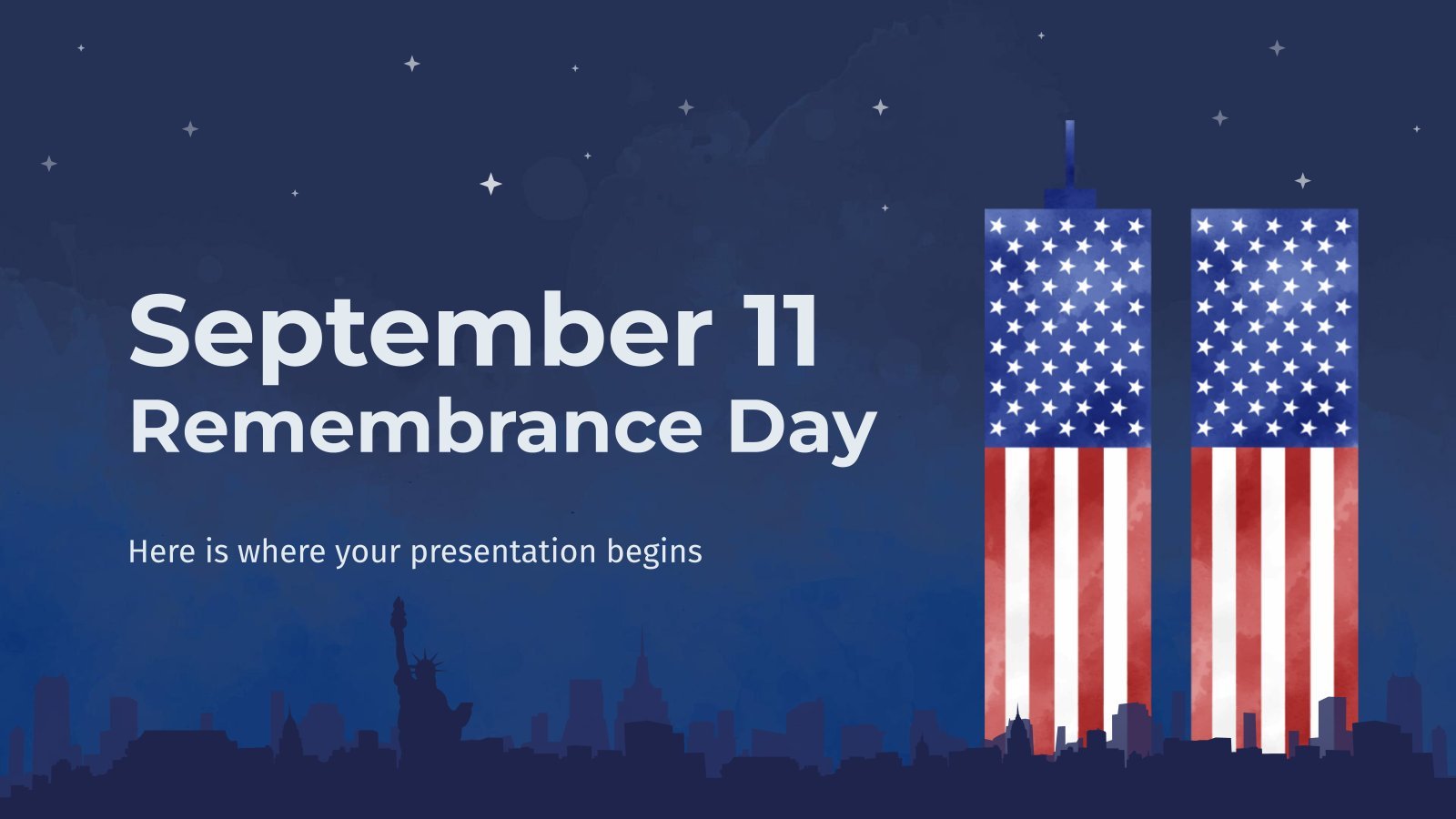
5 templates

hispanic heritage month
21 templates

indigenous canada
46 templates

suicide prevention
9 templates

mid autumn festival
18 templates

16 templates
University Introduction
It seems that you like this template, university introduction presentation, free google slides theme, powerpoint template, and canva presentation template.
Going from high school to college is a big step in the academic life of any person. Make these new students feel at home studying in your college by using our new free template, whose friendly design can turn your presentation into the best introduction for them.
Making a good impression is essential, therefore using pictures can be a good idea, such as the ones we’ve included. The layouts are simple enough, there are geometric shapes in the background, with a focus on the blue and yellow colors. To provide all the data that your future students need, there are maps, charts, graphs and timelines. The icons are linear and give support to your texts. These, by the way, come with two fonts: a charming and versatile serif for titles and a geometric sans with an emphasis on facilitating the reading. Download the template and use it in Google Slides, PowerPoint or Keynote!
Features of this template
- A cool and modern template with neon colors combined with futuristic pictures
- 100% editable and easy to modify
- 21 different slides to impress your audience
- Contains easy-to-edit graphics and maps
- Includes 1000+ icons and Flaticon’s extension for customizing your slides
- Designed to be used in Google Slides, Canva, and Microsoft PowerPoint
- 16:9 widescreen format suitable for all types of screens
- Includes information about fonts, colors, and credits of the free resources used
How can I use the template?
Am I free to use the templates?
How to attribute?
Attribution required If you are a free user, you must attribute Slidesgo by keeping the slide where the credits appear. How to attribute?

Register for free and start downloading now
Related posts on our blog.

How to Add, Duplicate, Move, Delete or Hide Slides in Google Slides

How to Change Layouts in PowerPoint

How to Change the Slide Size in Google Slides
Related presentations.

Premium template
Unlock this template and gain unlimited access

We use essential cookies to make Venngage work. By clicking “Accept All Cookies”, you agree to the storing of cookies on your device to enhance site navigation, analyze site usage, and assist in our marketing efforts.
Manage Cookies
Cookies and similar technologies collect certain information about how you’re using our website. Some of them are essential, and without them you wouldn’t be able to use Venngage. But others are optional, and you get to choose whether we use them or not.
Strictly Necessary Cookies
These cookies are always on, as they’re essential for making Venngage work, and making it safe. Without these cookies, services you’ve asked for can’t be provided.
Show cookie providers
- Google Login
Functionality Cookies
These cookies help us provide enhanced functionality and personalisation, and remember your settings. They may be set by us or by third party providers.
Performance Cookies
These cookies help us analyze how many people are using Venngage, where they come from and how they're using it. If you opt out of these cookies, we can’t get feedback to make Venngage better for you and all our users.
- Google Analytics
Targeting Cookies
These cookies are set by our advertising partners to track your activity and show you relevant Venngage ads on other sites as you browse the internet.
- Google Tag Manager
- Infographics
- Daily Infographics
- Popular Templates
- Accessibility
- Graphic Design
- Graphs and Charts
- Data Visualization
- Human Resources
- Beginner Guides
Blog Beginner Guides How To Make a Good Presentation [A Complete Guide]
How To Make a Good Presentation [A Complete Guide]
Written by: Krystle Wong Jul 20, 2023

A top-notch presentation possesses the power to drive action. From winning stakeholders over and conveying a powerful message to securing funding — your secret weapon lies within the realm of creating an effective presentation .
Being an excellent presenter isn’t confined to the boardroom. Whether you’re delivering a presentation at work, pursuing an academic career, involved in a non-profit organization or even a student, nailing the presentation game is a game-changer.
In this article, I’ll cover the top qualities of compelling presentations and walk you through a step-by-step guide on how to give a good presentation. Here’s a little tip to kick things off: for a headstart, check out Venngage’s collection of free presentation templates . They are fully customizable, and the best part is you don’t need professional design skills to make them shine!
These valuable presentation tips cater to individuals from diverse professional backgrounds, encompassing business professionals, sales and marketing teams, educators, trainers, students, researchers, non-profit organizations, public speakers and presenters.
No matter your field or role, these tips for presenting will equip you with the skills to deliver effective presentations that leave a lasting impression on any audience.
Click to jump ahead:
What are the 10 qualities of a good presentation?
Step-by-step guide on how to prepare an effective presentation, 9 effective techniques to deliver a memorable presentation, faqs on making a good presentation, how to create a presentation with venngage in 5 steps.
When it comes to giving an engaging presentation that leaves a lasting impression, it’s not just about the content — it’s also about how you deliver it. Wondering what makes a good presentation? Well, the best presentations I’ve seen consistently exhibit these 10 qualities:
1. Clear structure
No one likes to get lost in a maze of information. Organize your thoughts into a logical flow, complete with an introduction, main points and a solid conclusion. A structured presentation helps your audience follow along effortlessly, leaving them with a sense of satisfaction at the end.
Regardless of your presentation style , a quality presentation starts with a clear roadmap. Browse through Venngage’s template library and select a presentation template that aligns with your content and presentation goals. Here’s a good presentation example template with a logical layout that includes sections for the introduction, main points, supporting information and a conclusion:

2. Engaging opening
Hook your audience right from the start with an attention-grabbing statement, a fascinating question or maybe even a captivating anecdote. Set the stage for a killer presentation!
The opening moments of your presentation hold immense power – check out these 15 ways to start a presentation to set the stage and captivate your audience.
3. Relevant content
Make sure your content aligns with their interests and needs. Your audience is there for a reason, and that’s to get valuable insights. Avoid fluff and get straight to the point, your audience will be genuinely excited.
4. Effective visual aids
Picture this: a slide with walls of text and tiny charts, yawn! Visual aids should be just that—aiding your presentation. Opt for clear and visually appealing slides, engaging images and informative charts that add value and help reinforce your message.
With Venngage, visualizing data takes no effort at all. You can import data from CSV or Google Sheets seamlessly and create stunning charts, graphs and icon stories effortlessly to showcase your data in a captivating and impactful way.

5. Clear and concise communication
Keep your language simple, and avoid jargon or complicated terms. Communicate your ideas clearly, so your audience can easily grasp and retain the information being conveyed. This can prevent confusion and enhance the overall effectiveness of the message.
6. Engaging delivery
Spice up your presentation with a sprinkle of enthusiasm! Maintain eye contact, use expressive gestures and vary your tone of voice to keep your audience glued to the edge of their seats. A touch of charisma goes a long way!
7. Interaction and audience engagement
Turn your presentation into an interactive experience — encourage questions, foster discussions and maybe even throw in a fun activity. Engaged audiences are more likely to remember and embrace your message.
Transform your slides into an interactive presentation with Venngage’s dynamic features like pop-ups, clickable icons and animated elements. Engage your audience with interactive content that lets them explore and interact with your presentation for a truly immersive experience.

8. Effective storytelling
Who doesn’t love a good story? Weaving relevant anecdotes, case studies or even a personal story into your presentation can captivate your audience and create a lasting impact. Stories build connections and make your message memorable.
A great presentation background is also essential as it sets the tone, creates visual interest and reinforces your message. Enhance the overall aesthetics of your presentation with these 15 presentation background examples and captivate your audience’s attention.
9. Well-timed pacing
Pace your presentation thoughtfully with well-designed presentation slides, neither rushing through nor dragging it out. Respect your audience’s time and ensure you cover all the essential points without losing their interest.
10. Strong conclusion
Last impressions linger! Summarize your main points and leave your audience with a clear takeaway. End your presentation with a bang , a call to action or an inspiring thought that resonates long after the conclusion.
In-person presentations aside, acing a virtual presentation is of paramount importance in today’s digital world. Check out this guide to learn how you can adapt your in-person presentations into virtual presentations .

Preparing an effective presentation starts with laying a strong foundation that goes beyond just creating slides and notes. One of the quickest and best ways to make a presentation would be with the help of a good presentation software .
Otherwise, let me walk you to how to prepare for a presentation step by step and unlock the secrets of crafting a professional presentation that sets you apart.
1. Understand the audience and their needs
Before you dive into preparing your masterpiece, take a moment to get to know your target audience. Tailor your presentation to meet their needs and expectations , and you’ll have them hooked from the start!
2. Conduct thorough research on the topic
Time to hit the books (or the internet)! Don’t skimp on the research with your presentation materials — dive deep into the subject matter and gather valuable insights . The more you know, the more confident you’ll feel in delivering your presentation.
3. Organize the content with a clear structure
No one wants to stumble through a chaotic mess of information. Outline your presentation with a clear and logical flow. Start with a captivating introduction, follow up with main points that build on each other and wrap it up with a powerful conclusion that leaves a lasting impression.
Delivering an effective business presentation hinges on captivating your audience, and Venngage’s professionally designed business presentation templates are tailor-made for this purpose. With thoughtfully structured layouts, these templates enhance your message’s clarity and coherence, ensuring a memorable and engaging experience for your audience members.
Don’t want to build your presentation layout from scratch? pick from these 5 foolproof presentation layout ideas that won’t go wrong.

4. Develop visually appealing and supportive visual aids
Spice up your presentation with eye-catching visuals! Create slides that complement your message, not overshadow it. Remember, a picture is worth a thousand words, but that doesn’t mean you need to overload your slides with text.
Well-chosen designs create a cohesive and professional look, capturing your audience’s attention and enhancing the overall effectiveness of your message. Here’s a list of carefully curated PowerPoint presentation templates and great background graphics that will significantly influence the visual appeal and engagement of your presentation.
5. Practice, practice and practice
Practice makes perfect — rehearse your presentation and arrive early to your presentation to help overcome stage fright. Familiarity with your material will boost your presentation skills and help you handle curveballs with ease.
6. Seek feedback and make necessary adjustments
Don’t be afraid to ask for help and seek feedback from friends and colleagues. Constructive criticism can help you identify blind spots and fine-tune your presentation to perfection.
With Venngage’s real-time collaboration feature , receiving feedback and editing your presentation is a seamless process. Group members can access and work on the presentation simultaneously and edit content side by side in real-time. Changes will be reflected immediately to the entire team, promoting seamless teamwork.

7. Prepare for potential technical or logistical issues
Prepare for the unexpected by checking your equipment, internet connection and any other potential hiccups. If you’re worried that you’ll miss out on any important points, you could always have note cards prepared. Remember to remain focused and rehearse potential answers to anticipated questions.
8. Fine-tune and polish your presentation
As the big day approaches, give your presentation one last shine. Review your talking points, practice how to present a presentation and make any final tweaks. Deep breaths — you’re on the brink of delivering a successful presentation!
In competitive environments, persuasive presentations set individuals and organizations apart. To brush up on your presentation skills, read these guides on how to make a persuasive presentation and tips to presenting effectively .

Whether you’re an experienced presenter or a novice, the right techniques will let your presentation skills soar to new heights!
From public speaking hacks to interactive elements and storytelling prowess, these 9 effective presentation techniques will empower you to leave a lasting impression on your audience and make your presentations unforgettable.
1. Confidence and positive body language
Positive body language instantly captivates your audience, making them believe in your message as much as you do. Strengthen your stage presence and own that stage like it’s your second home! Stand tall, shoulders back and exude confidence.
2. Eye contact with the audience
Break down that invisible barrier and connect with your audience through their eyes. Maintaining eye contact when giving a presentation builds trust and shows that you’re present and engaged with them.
3. Effective use of hand gestures and movement
A little movement goes a long way! Emphasize key points with purposeful gestures and don’t be afraid to walk around the stage. Your energy will be contagious!
4. Utilize storytelling techniques
Weave the magic of storytelling into your presentation. Share relatable anecdotes, inspiring success stories or even personal experiences that tug at the heartstrings of your audience. Adjust your pitch, pace and volume to match the emotions and intensity of the story. Varying your speaking voice adds depth and enhances your stage presence.

5. Incorporate multimedia elements
Spice up your presentation with a dash of visual pizzazz! Use slides, images and video clips to add depth and clarity to your message. Just remember, less is more—don’t overwhelm them with information overload.
Turn your presentations into an interactive party! Involve your audience with questions, polls or group activities. When they actively participate, they become invested in your presentation’s success. Bring your design to life with animated elements. Venngage allows you to apply animations to icons, images and text to create dynamic and engaging visual content.
6. Utilize humor strategically
Laughter is the best medicine—and a fantastic presentation enhancer! A well-placed joke or lighthearted moment can break the ice and create a warm atmosphere , making your audience more receptive to your message.
7. Practice active listening and respond to feedback
Be attentive to your audience’s reactions and feedback. If they have questions or concerns, address them with genuine interest and respect. Your responsiveness builds rapport and shows that you genuinely care about their experience.

8. Apply the 10-20-30 rule
Apply the 10-20-30 presentation rule and keep it short, sweet and impactful! Stick to ten slides, deliver your presentation within 20 minutes and use a 30-point font to ensure clarity and focus. Less is more, and your audience will thank you for it!
9. Implement the 5-5-5 rule
Simplicity is key. Limit each slide to five bullet points, with only five words per bullet point and allow each slide to remain visible for about five seconds. This rule keeps your presentation concise and prevents information overload.
Simple presentations are more engaging because they are easier to follow. Summarize your presentations and keep them simple with Venngage’s gallery of simple presentation templates and ensure that your message is delivered effectively across your audience.

1. How to start a presentation?
To kick off your presentation effectively, begin with an attention-grabbing statement or a powerful quote. Introduce yourself, establish credibility and clearly state the purpose and relevance of your presentation.
2. How to end a presentation?
For a strong conclusion, summarize your talking points and key takeaways. End with a compelling call to action or a thought-provoking question and remember to thank your audience and invite any final questions or interactions.
3. How to make a presentation interactive?
To make your presentation interactive, encourage questions and discussion throughout your talk. Utilize multimedia elements like videos or images and consider including polls, quizzes or group activities to actively involve your audience.
In need of inspiration for your next presentation? I’ve got your back! Pick from these 120+ presentation ideas, topics and examples to get started.
Creating a stunning presentation with Venngage is a breeze with our user-friendly drag-and-drop editor and professionally designed templates for all your communication needs.
Here’s how to make a presentation in just 5 simple steps with the help of Venngage:
Step 1: Sign up for Venngage for free using your email, Gmail or Facebook account or simply log in to access your account.
Step 2: Pick a design from our selection of free presentation templates (they’re all created by our expert in-house designers).
Step 3: Make the template your own by customizing it to fit your content and branding. With Venngage’s intuitive drag-and-drop editor, you can easily modify text, change colors and adjust the layout to create a unique and eye-catching design.
Step 4: Elevate your presentation by incorporating captivating visuals. You can upload your images or choose from Venngage’s vast library of high-quality photos, icons and illustrations.
Step 5: Upgrade to a premium or business account to export your presentation in PDF and print it for in-person presentations or share it digitally for free!
By following these five simple steps, you’ll have a professionally designed and visually engaging presentation ready in no time. With Venngage’s user-friendly platform, your presentation is sure to make a lasting impression. So, let your creativity flow and get ready to shine in your next presentation!
Discover popular designs

Infographic maker

Brochure maker

White paper online

Newsletter creator

Flyer maker

Timeline maker

Letterhead maker

Mind map maker

Ebook maker
FREE University Presentation Templates
Impress Your University Peers and Create Your Presentation with Template.net's Free University Presentation Templates. Browse Through Our Website for a Ready-Made Powerpoint Presentation for Student Group Reports, Classroom Introductions, Rubric Presentations, and More. Each Template Comes with Preformatted Layouts from the Front Page to the Last Page of the Slide. Check Out Our Samples and Grab One Today!
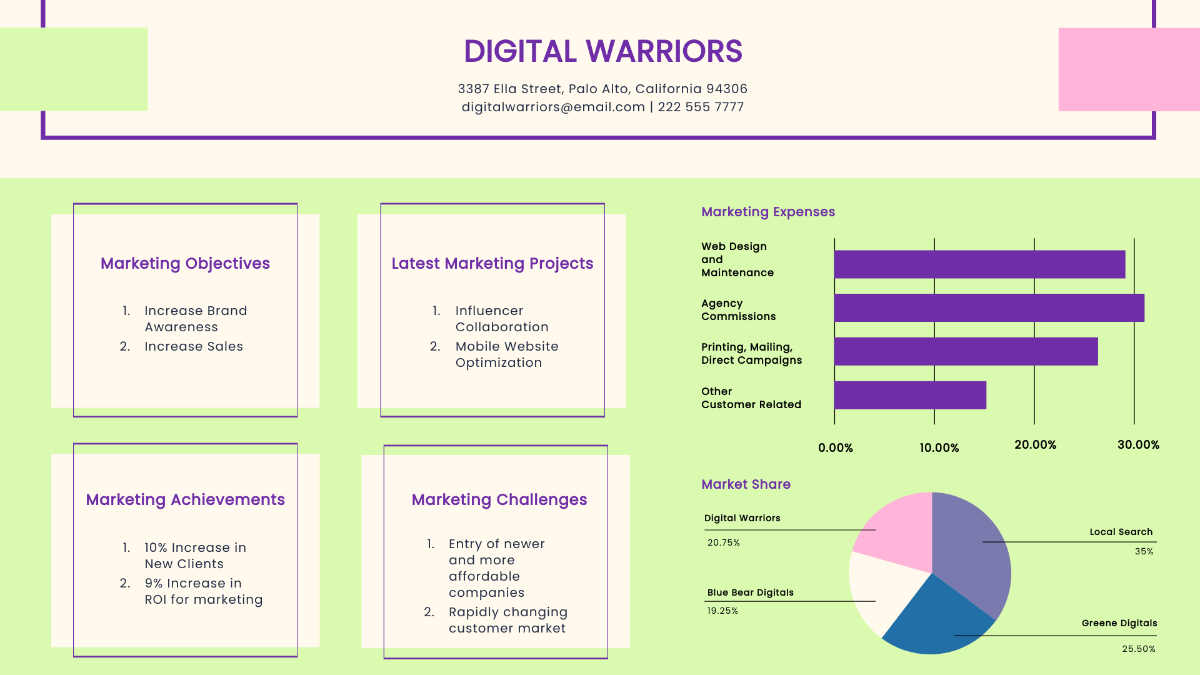
One Page Report Presentation Template

Modern Science Presentation Template

Aesthetic Science Presentation Template

Animals Life Cycle Class Presentation Template

Strategy Roadmap Presentation Template

Sales Roadmap Presentation Template

Marketing Roadmap Presentation Template

Company Roadmap Presentation Template

Art School Presentation Template
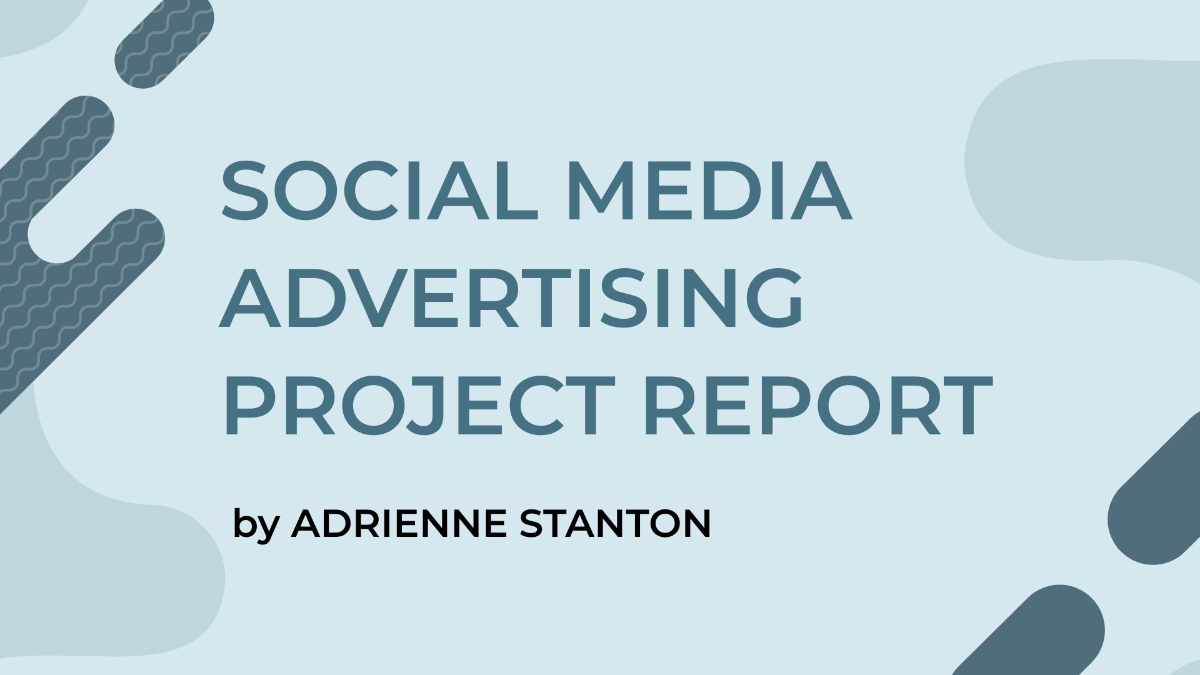
Project Report Presentation Template
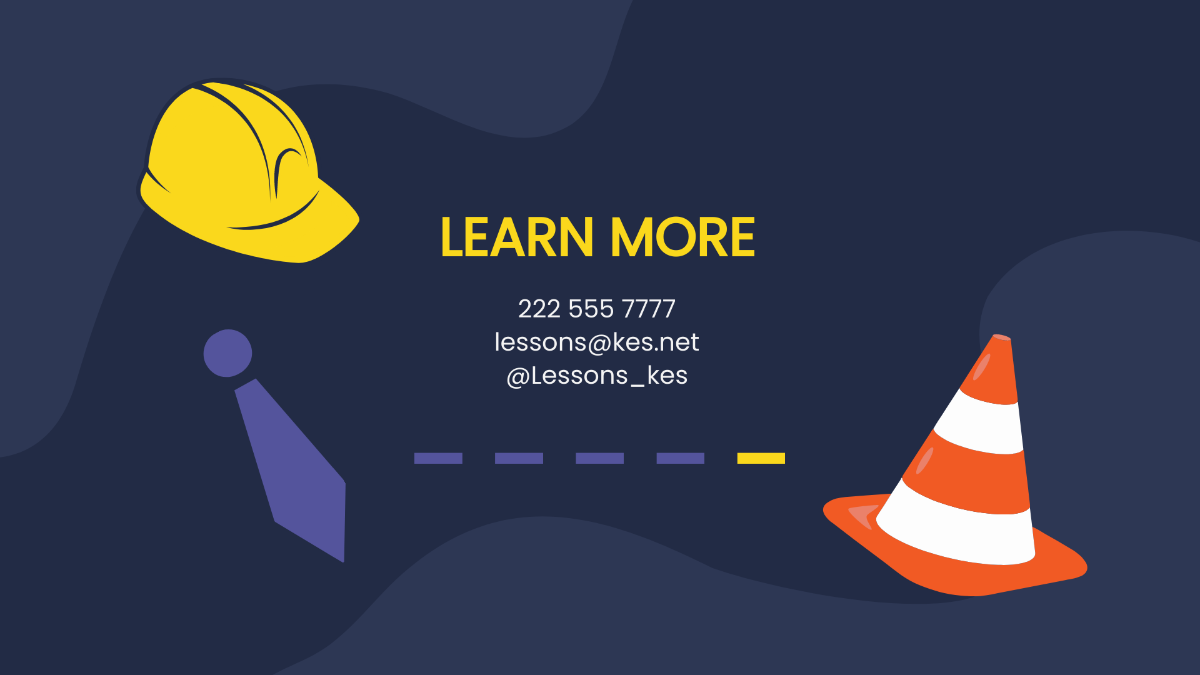
Design Social Studies Presentation Template
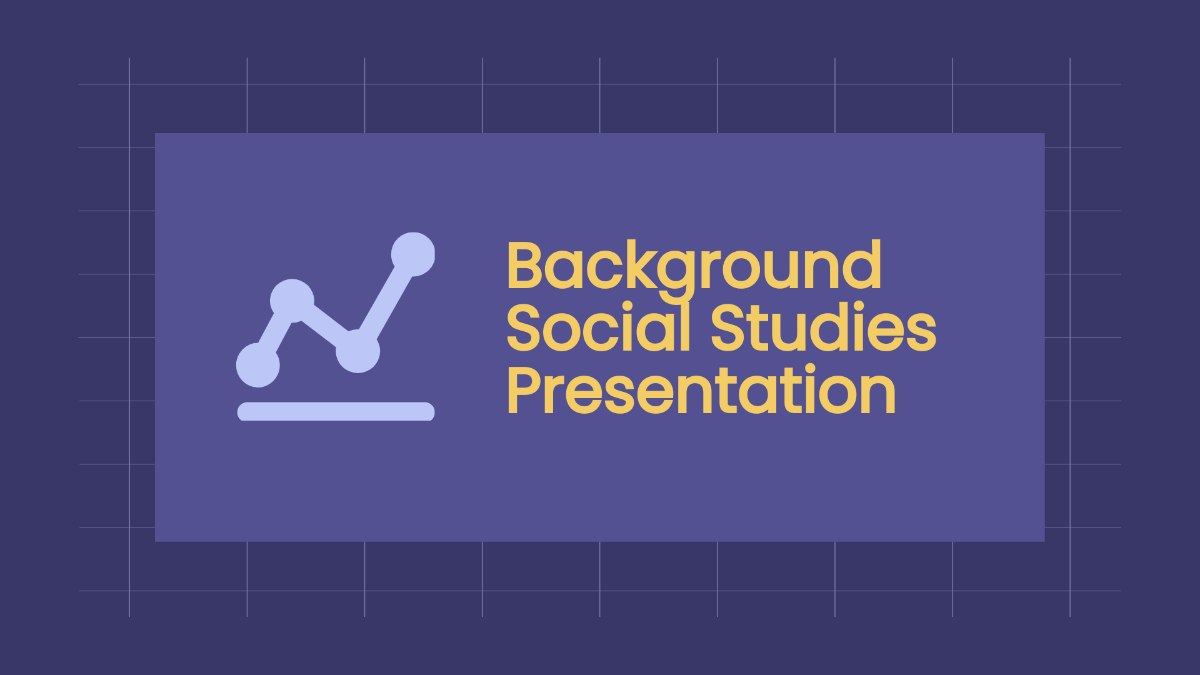
Background Social Studies Presentation Template
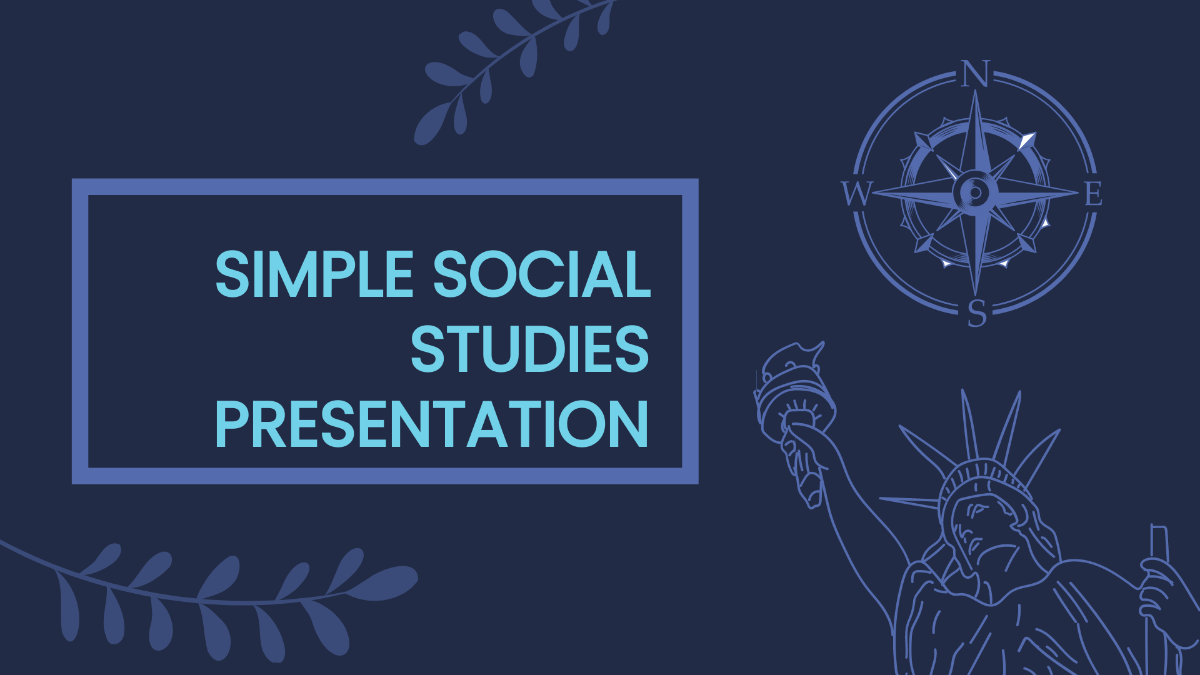
Simple Social Studies Presentation Template
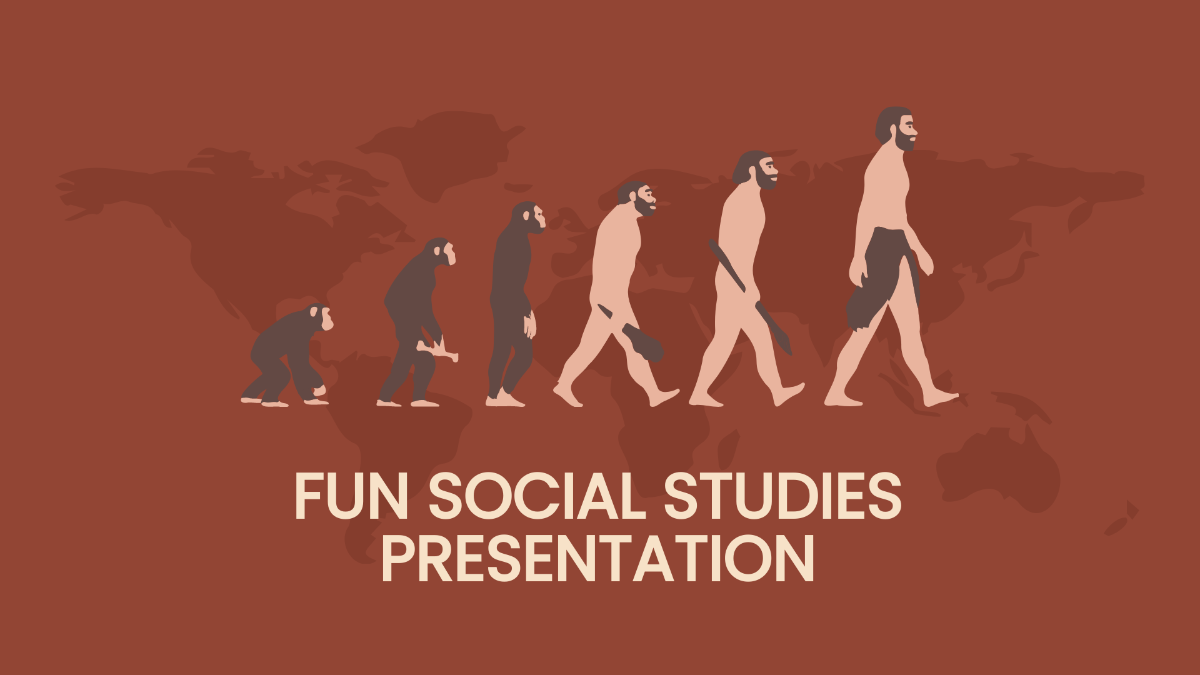
Fun Social Studies Presentation Template
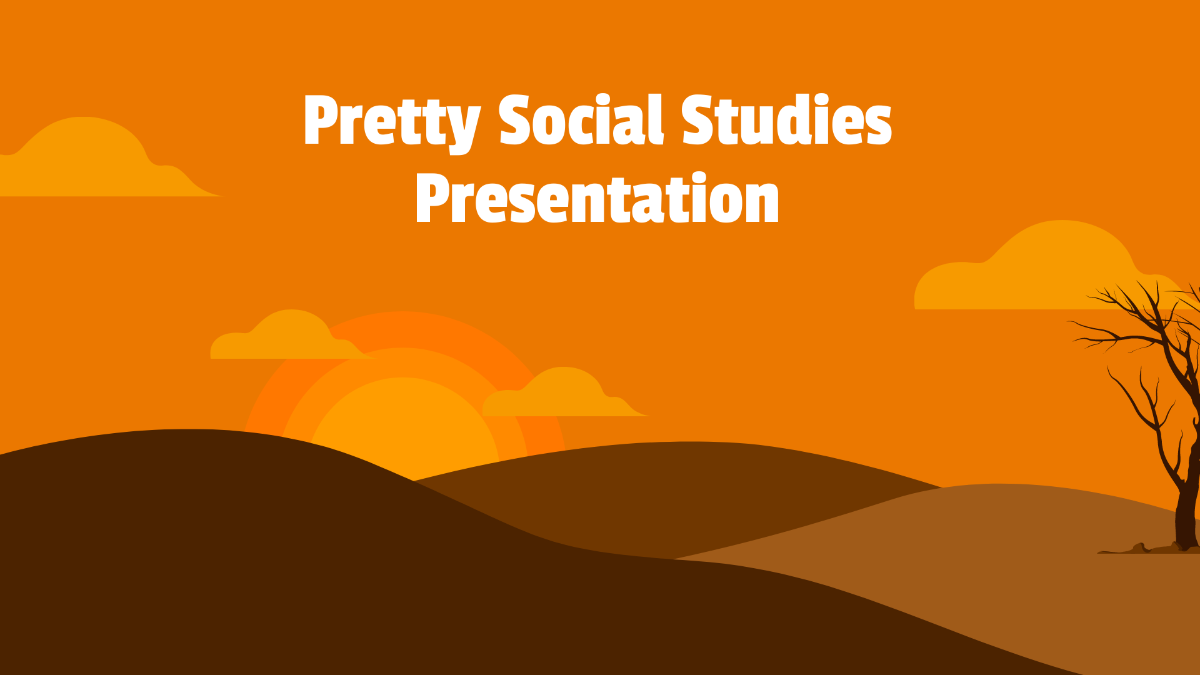
Pretty Social Studies Presentation Template
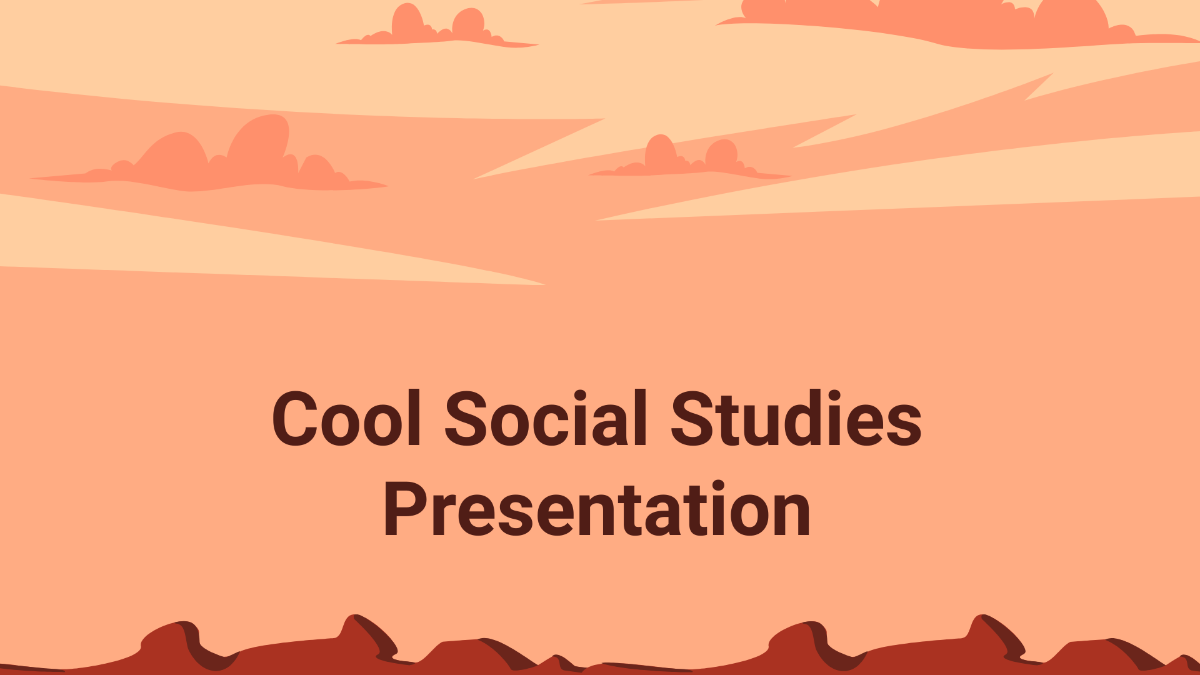
Cool Social Studies Presentation Template
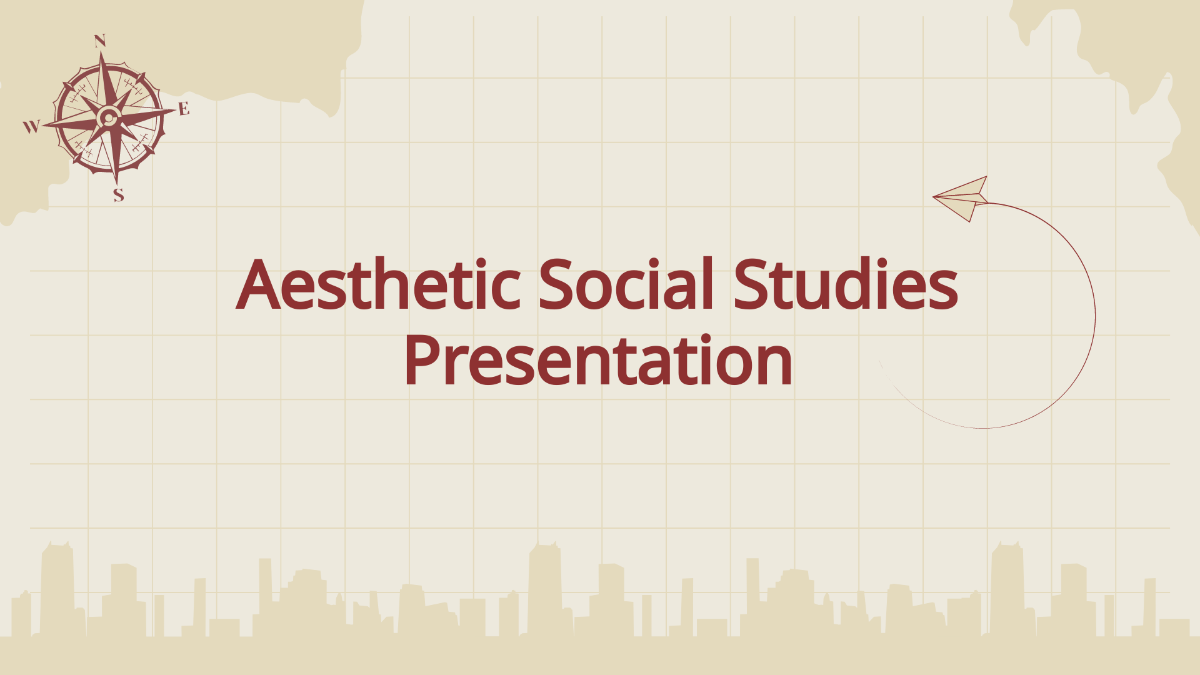
Aesthetic Social Studies Presentation Template
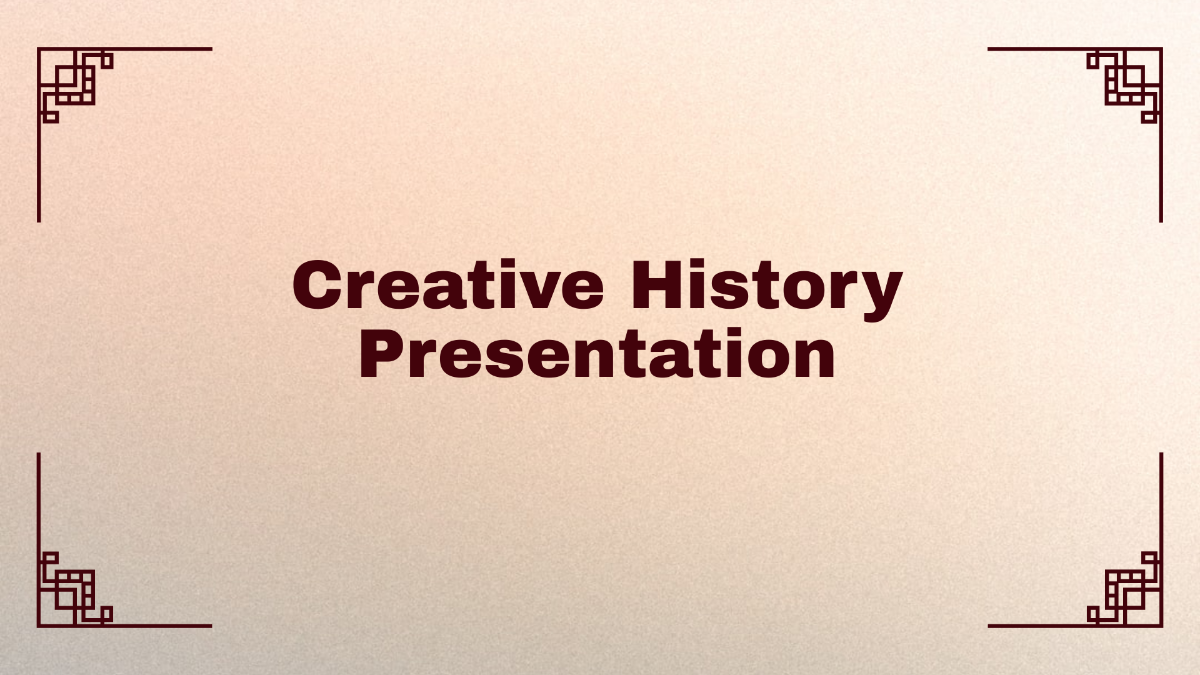
Creative History Presentation Template
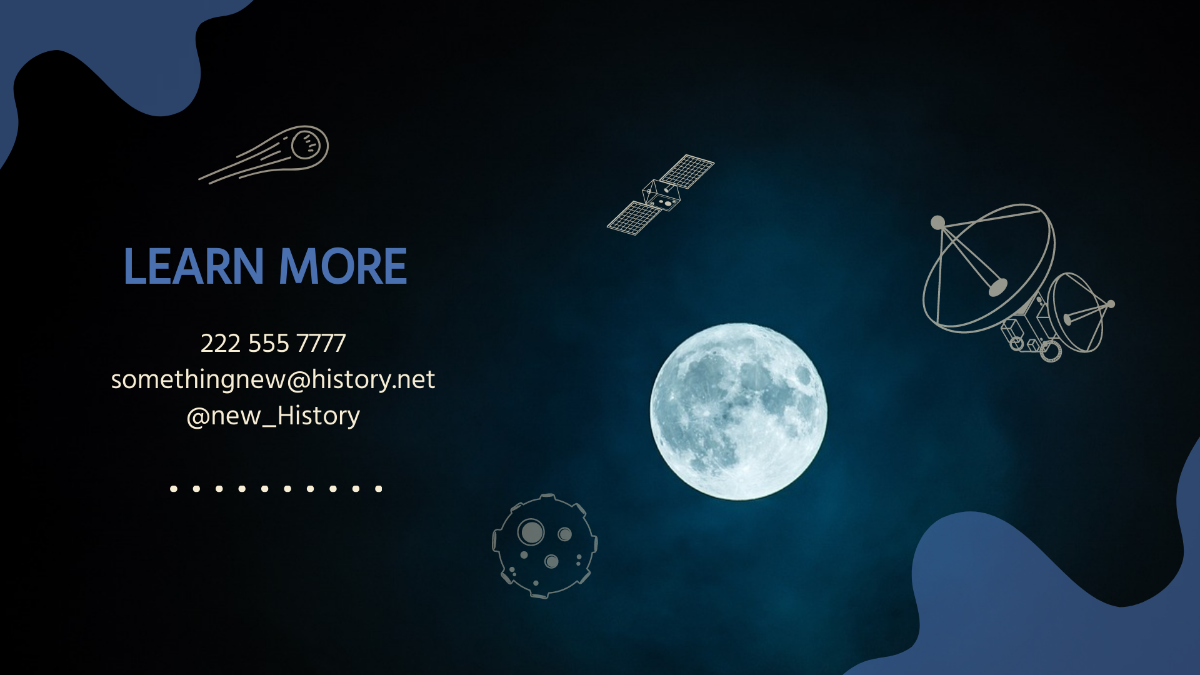
Modern History Presentation Template

Infographics History Presentation Template
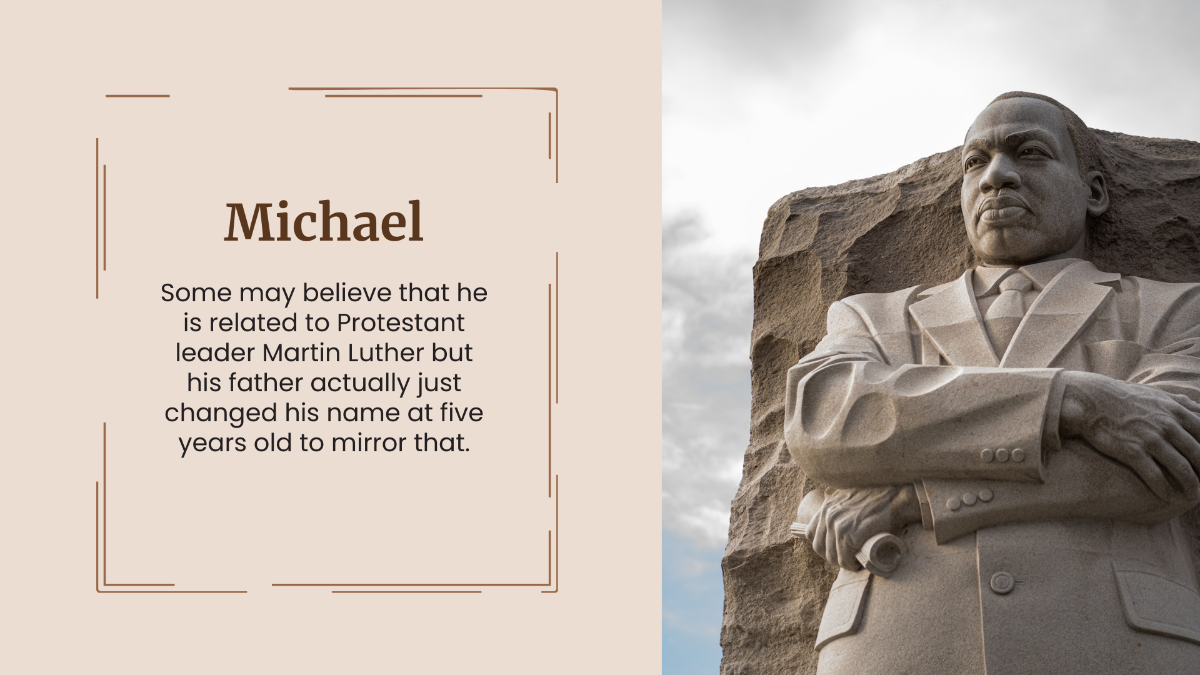
Simple History Presentation Template
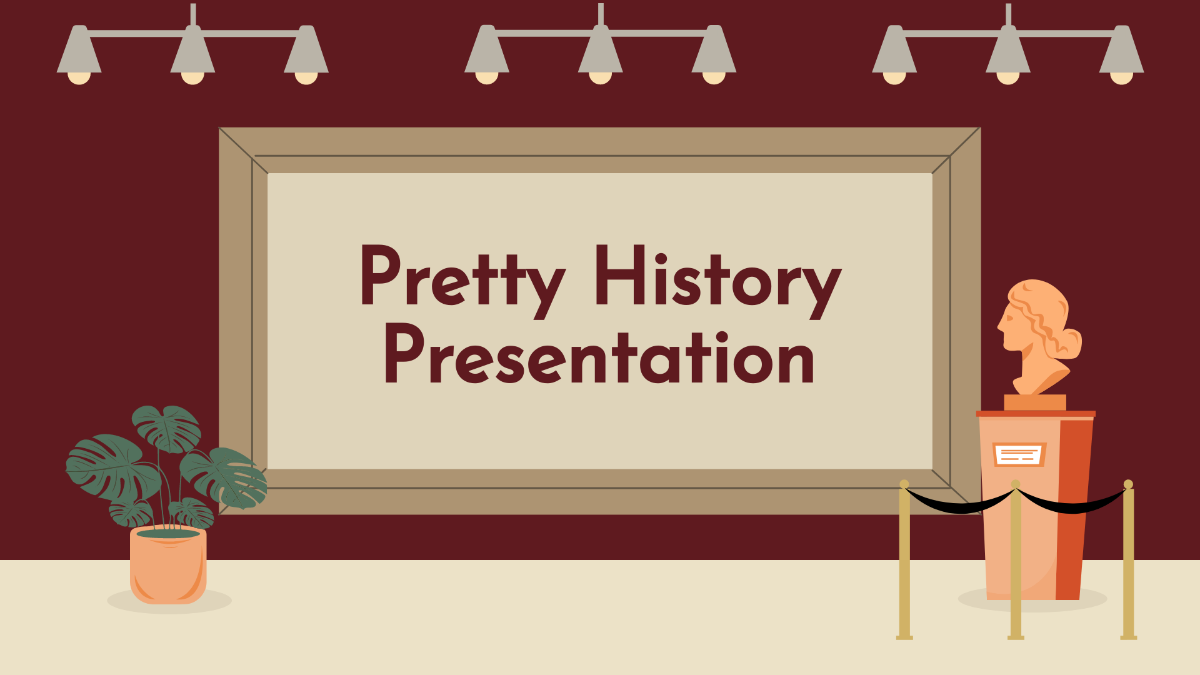
Pretty History Presentation Template

Fun History Presentation Template
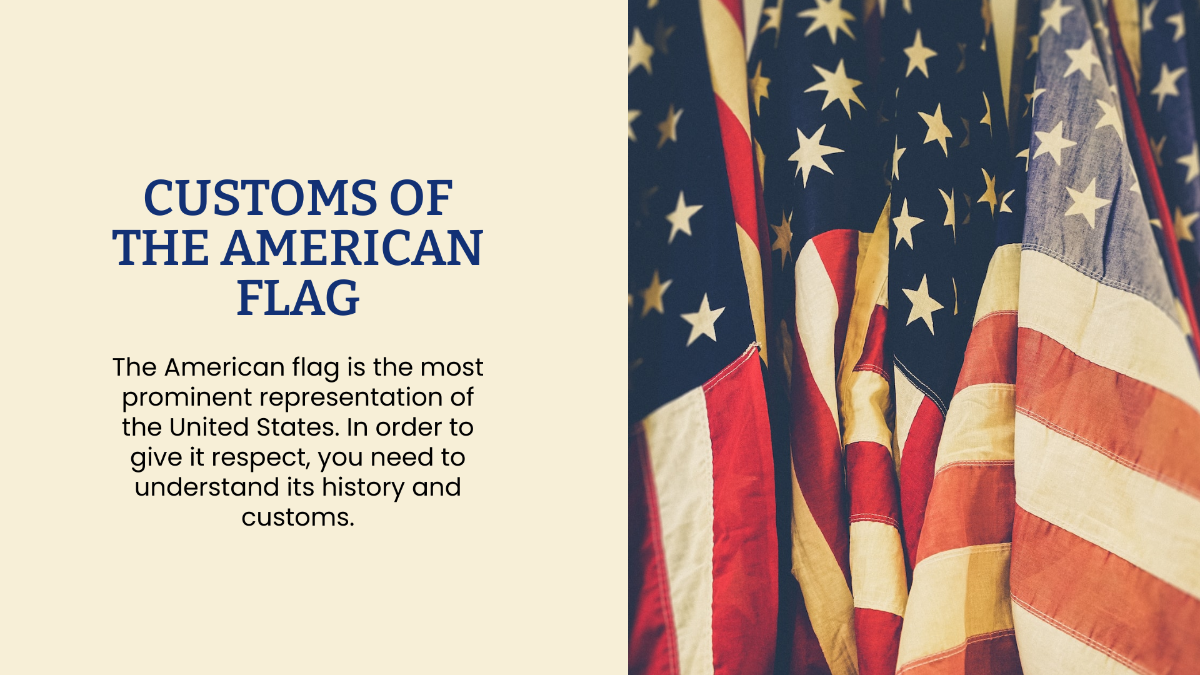
Aesthetic History Presentation Template
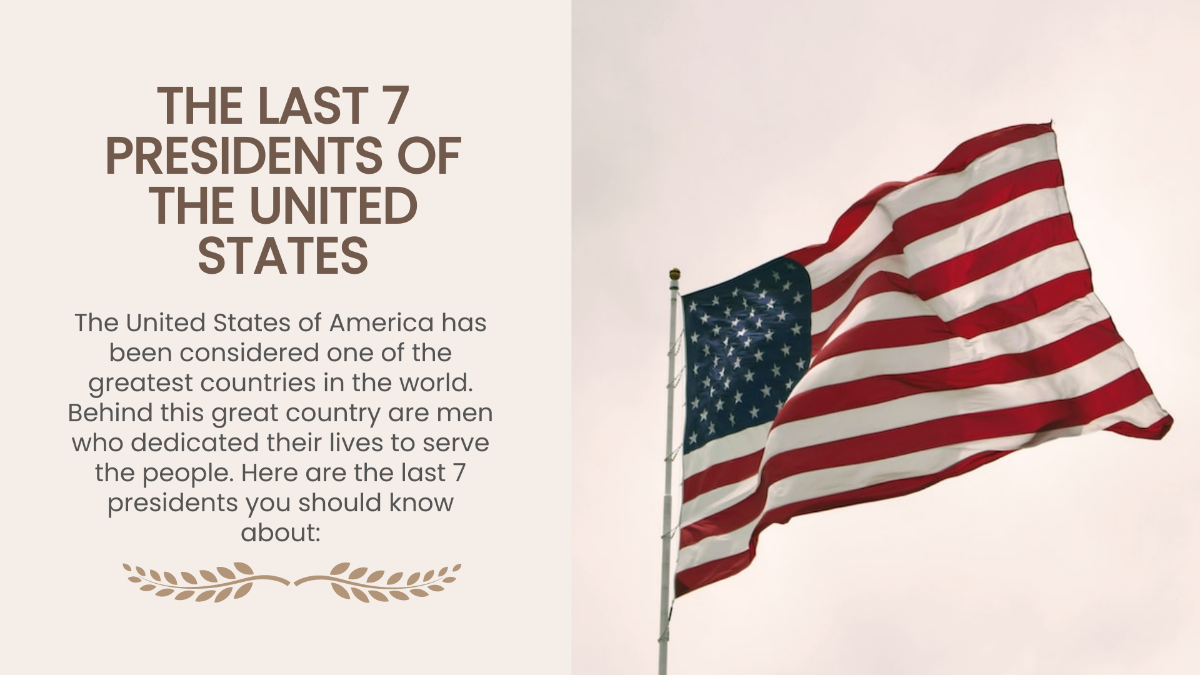
Cool History Presentation Template
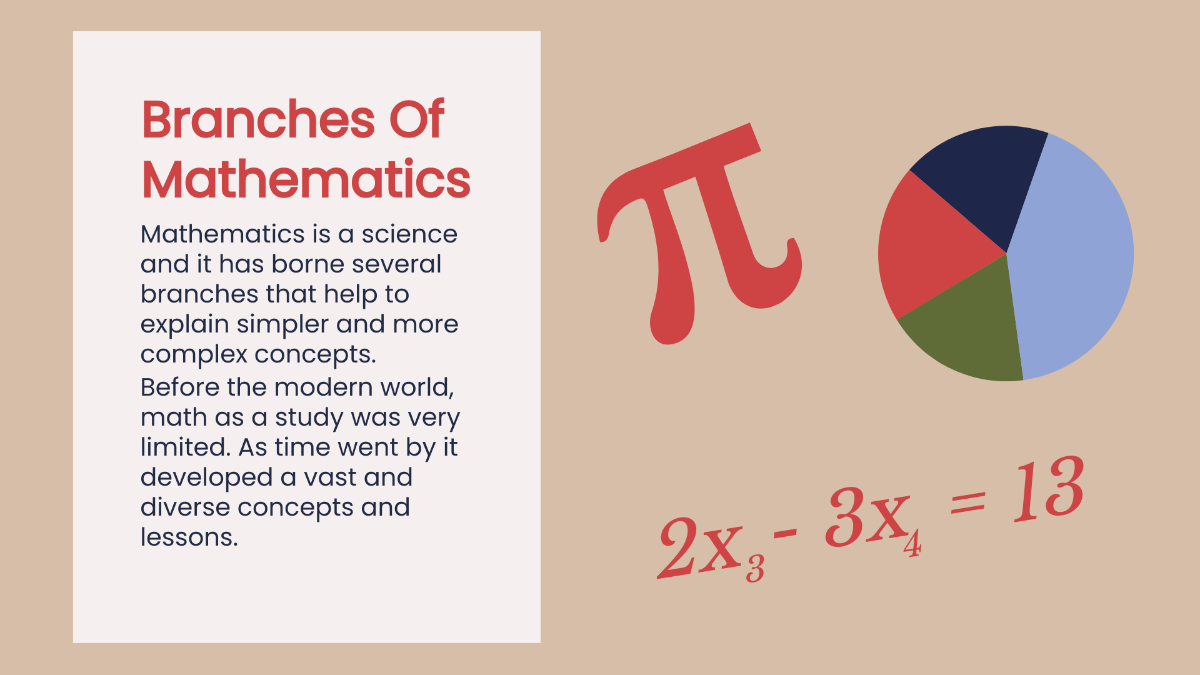
Professional Math Presentation Template

Infographics Math Presentation Template
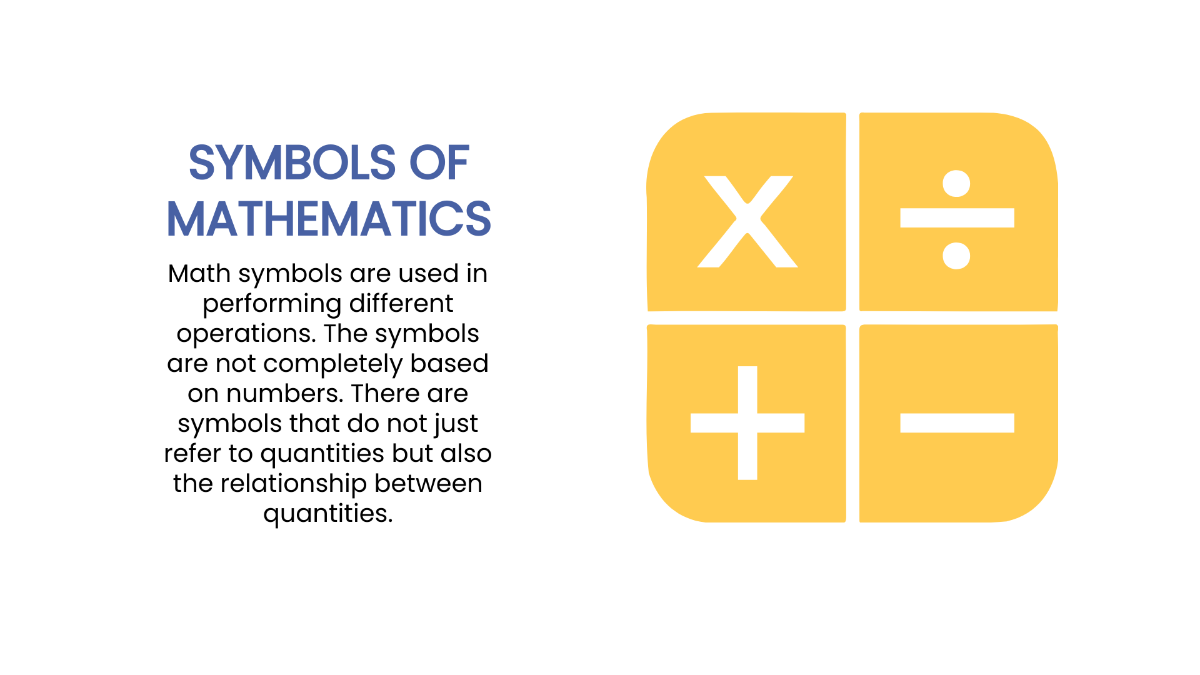
Background Math Presentation Template
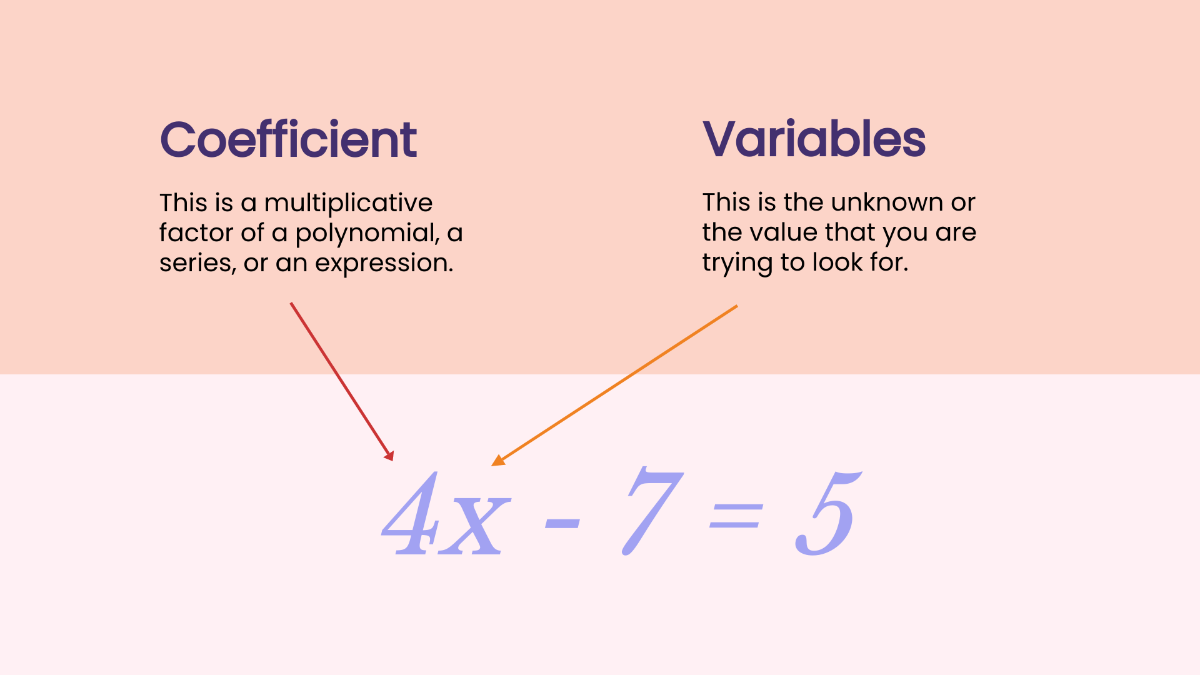
Design Math Presentation Template
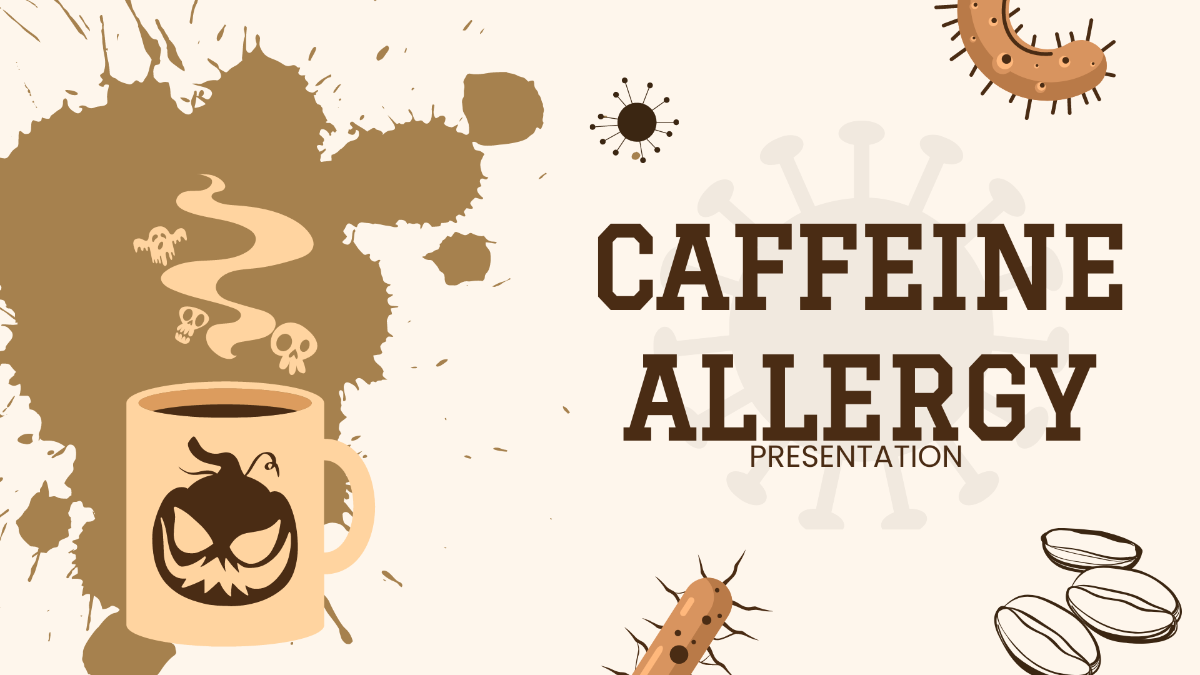
Caffeine Allergy Presentation Template
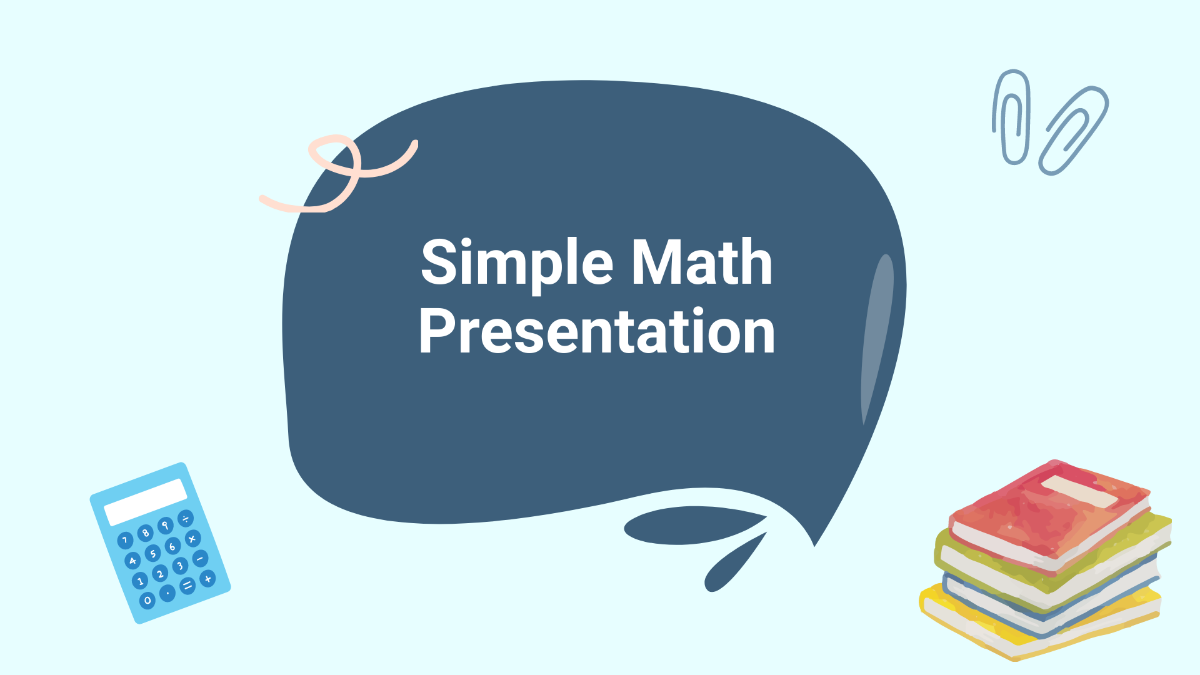
Simple Math Presentation Template
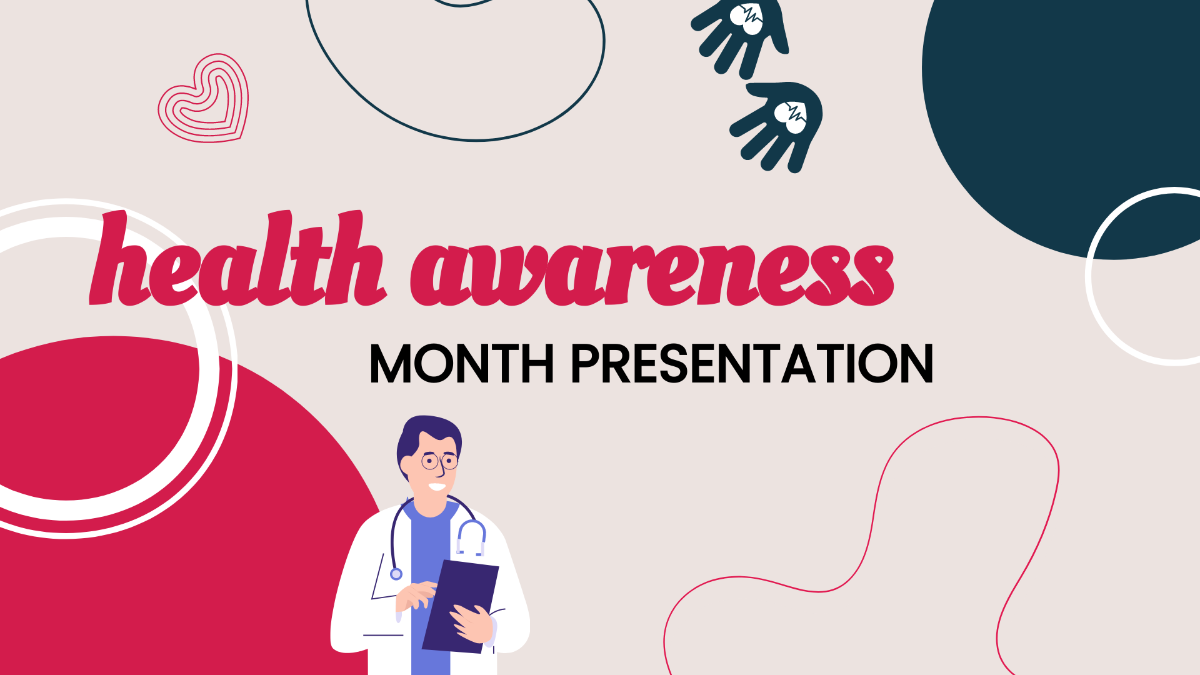
Health Awareness Month Presentation Template
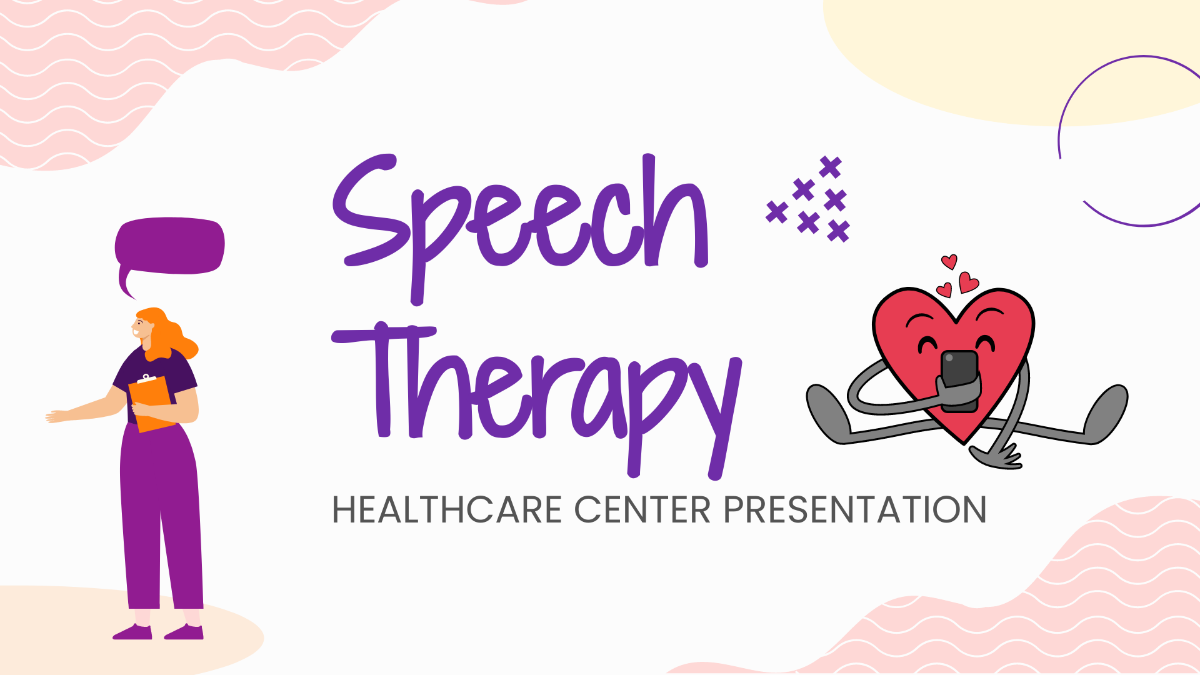
Speech Therapy Healthcare Center Presentation Template
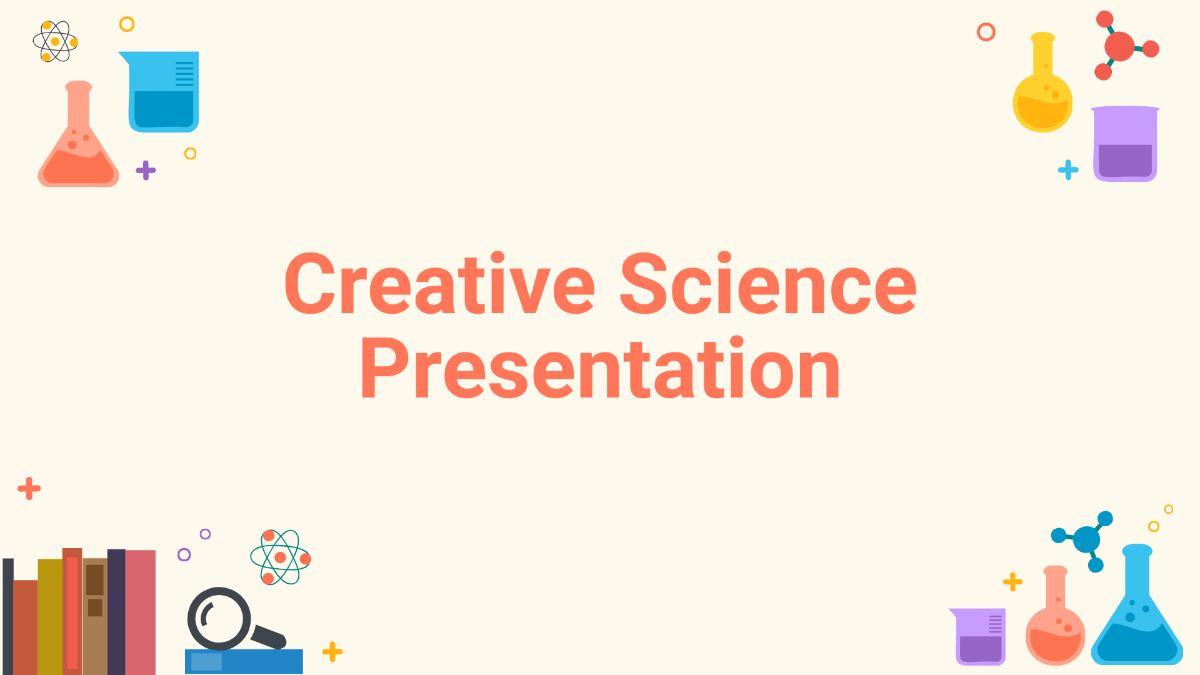
Creative Science Presentation Template
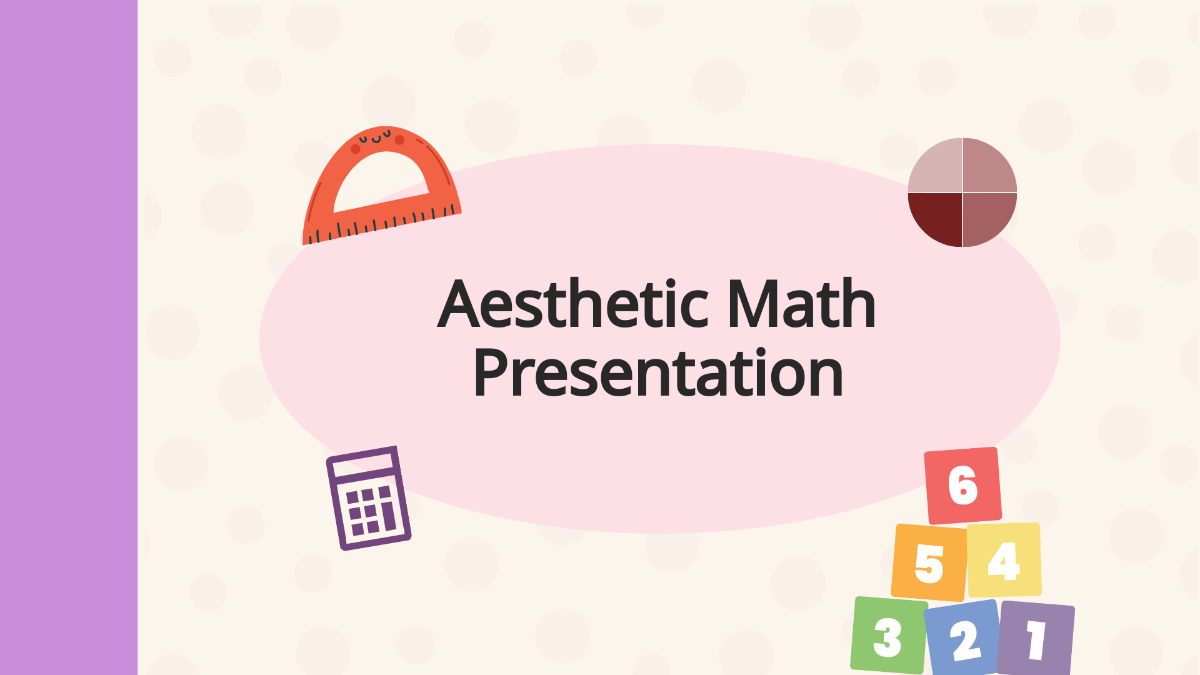
Aesthetic Math Presentation Template
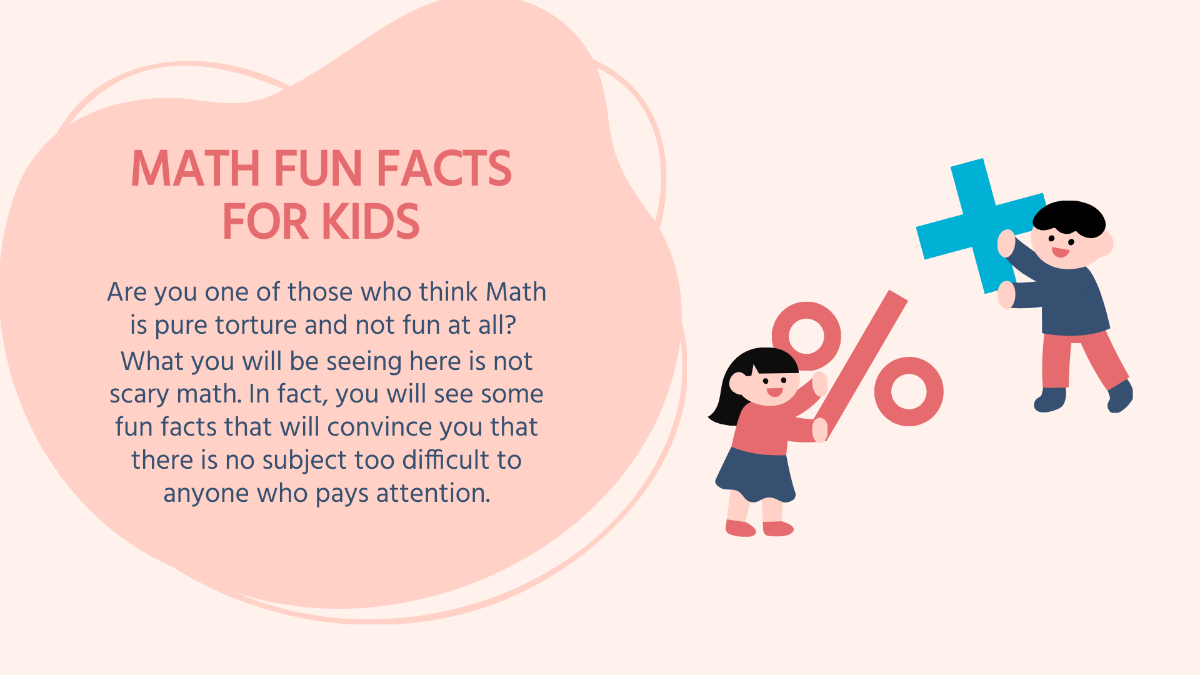
Cool Math Presentation Template
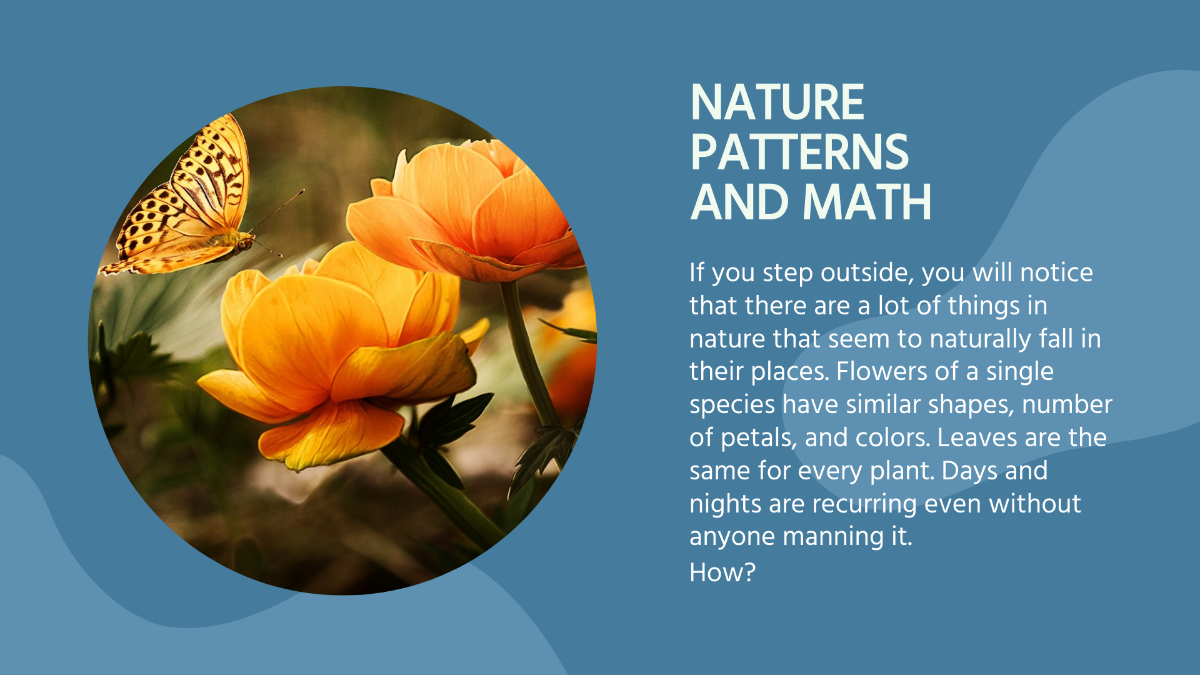
Pretty Math Presentation Template
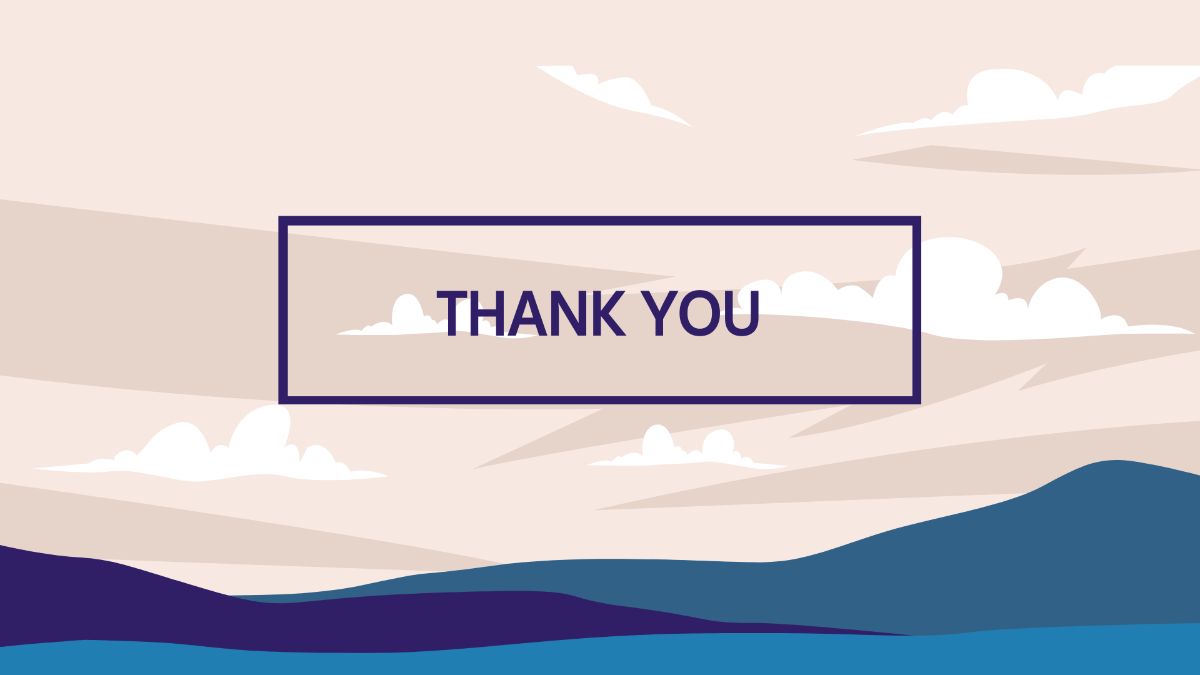
Infographics Art Presentation Template

Tourism In Dubai Campaign Presentation Template

Infographics Science Presentation Template
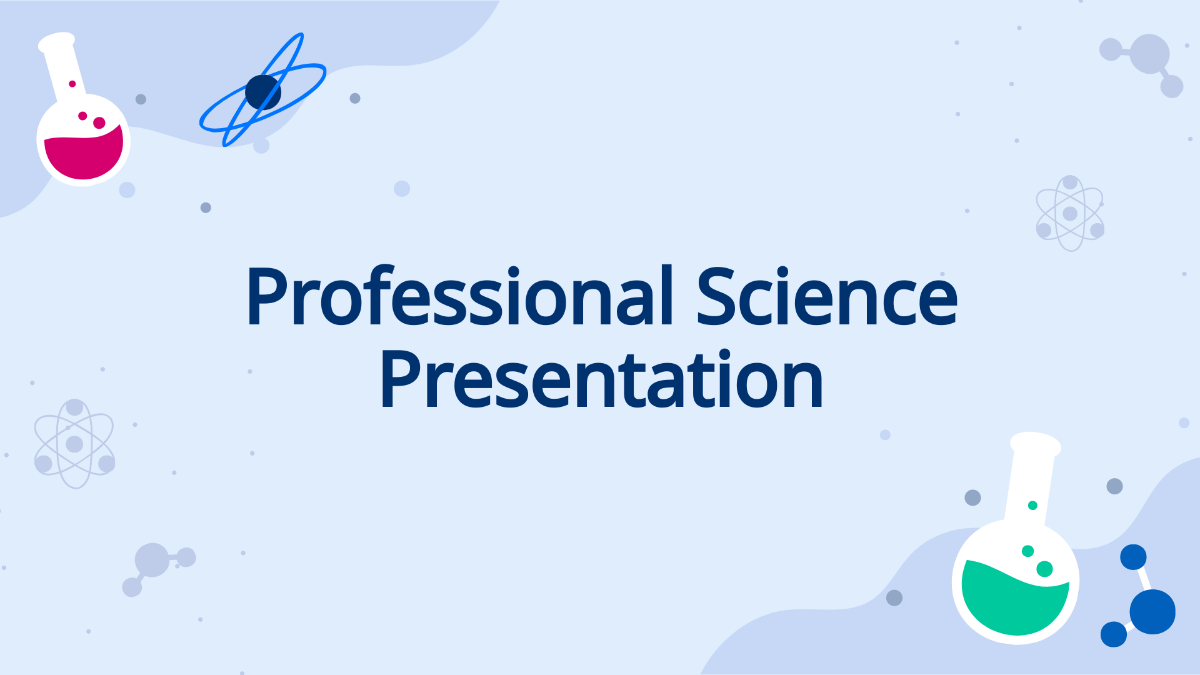
Professional Science Presentation Template
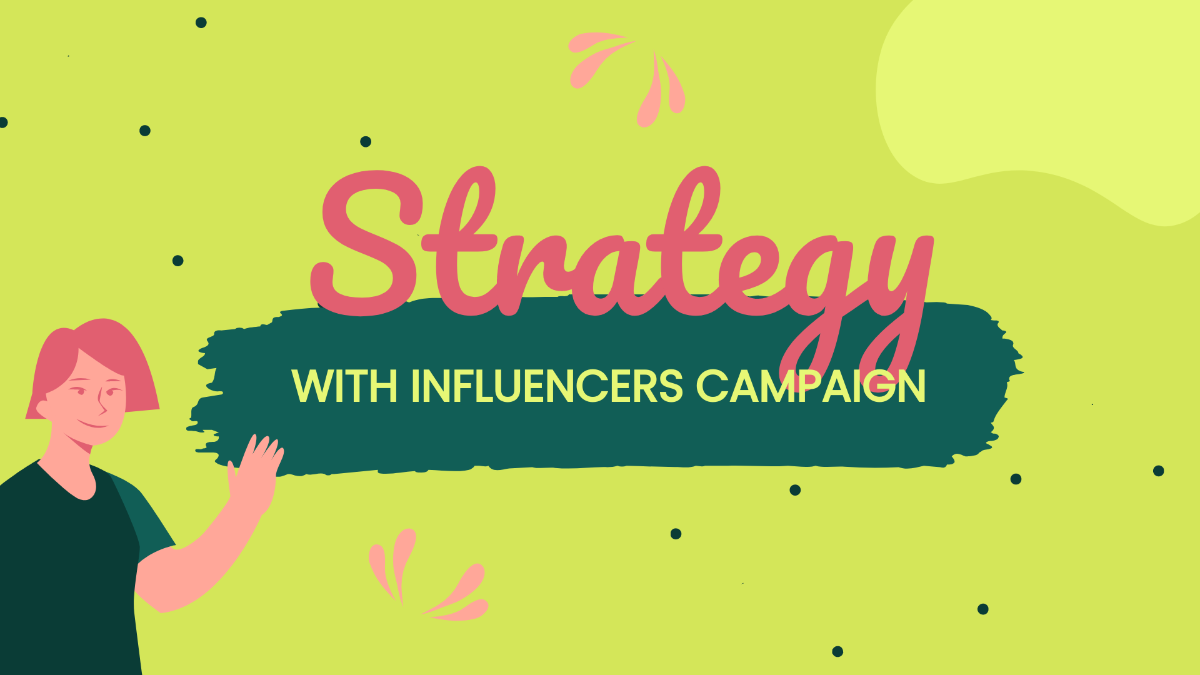
Strategy With Influencers Campaign Presentation Template
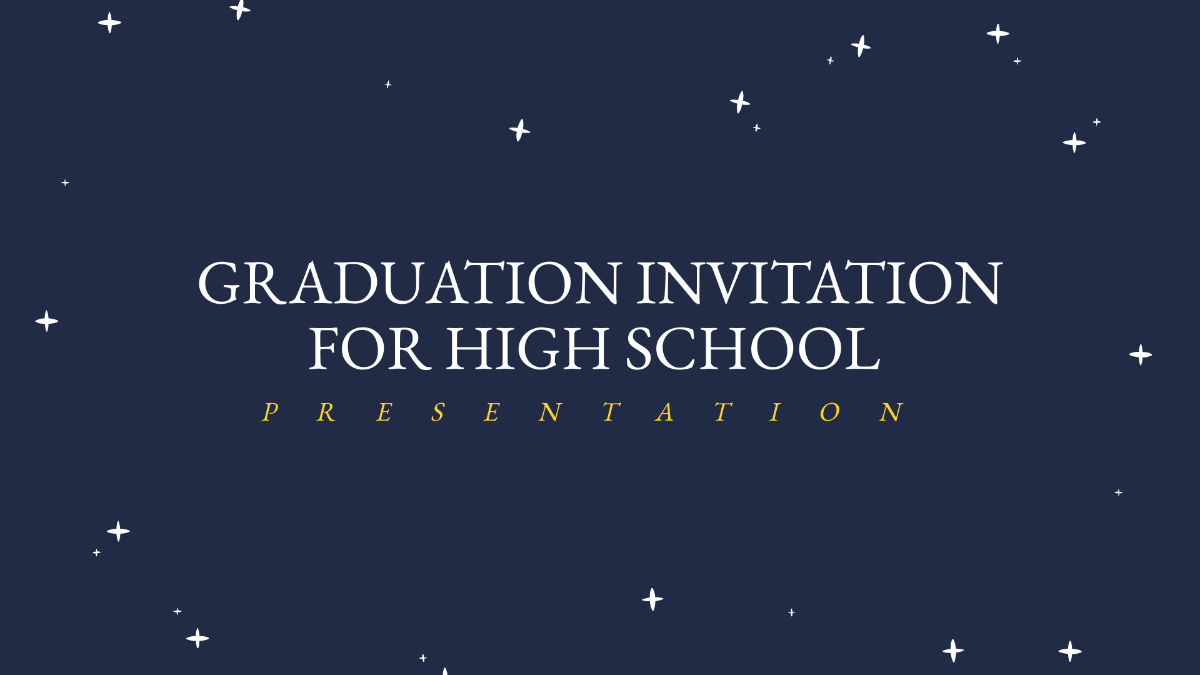
Graduation Invitations for High School Presentation Template

Simple Science Presentation Template
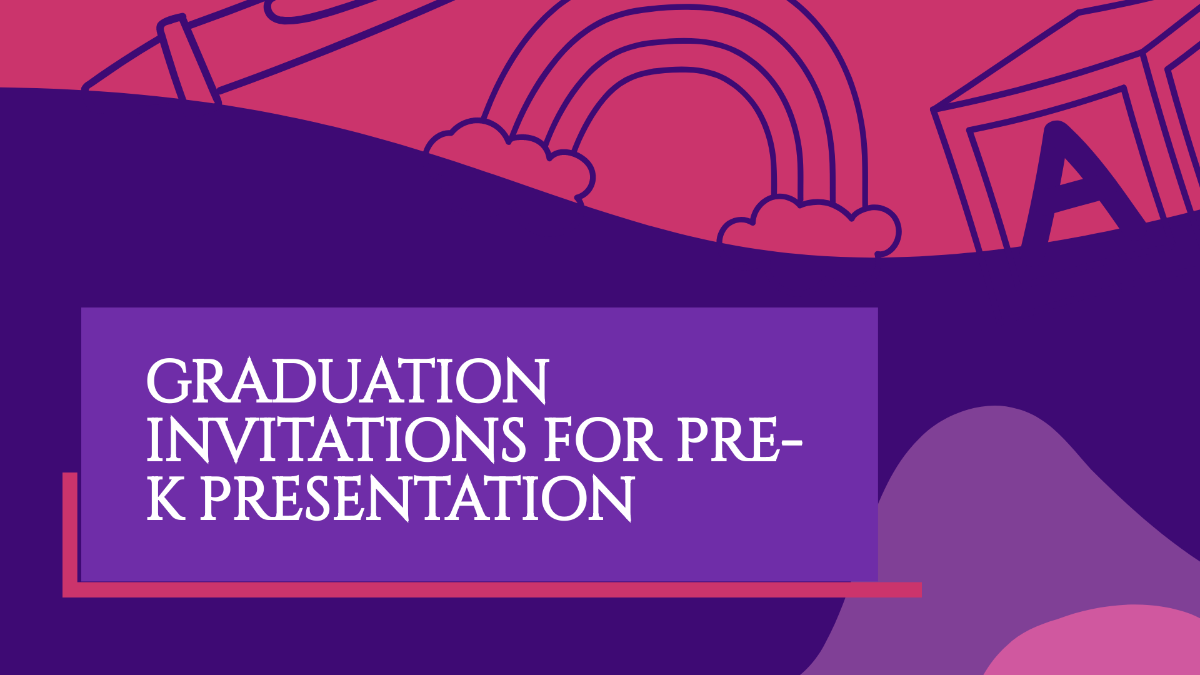
Graduation Invitations for Pre-K Presentation Template

Elementary Graduation Party Presentation Template
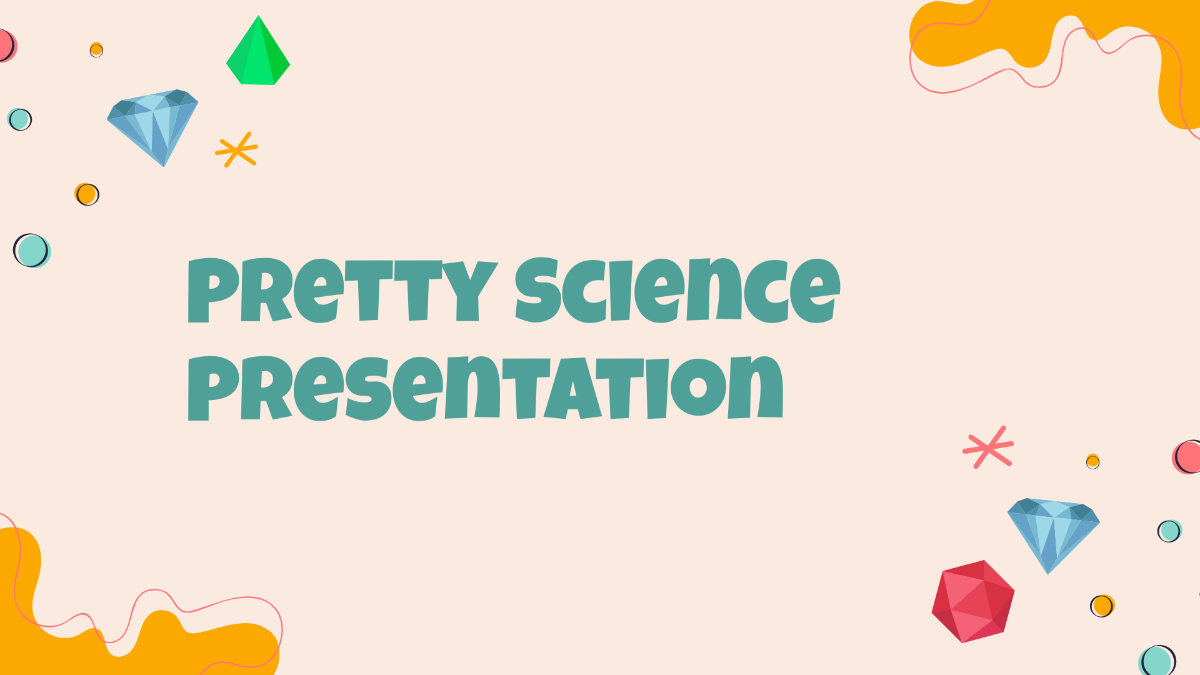
Pretty Science Presentation Template
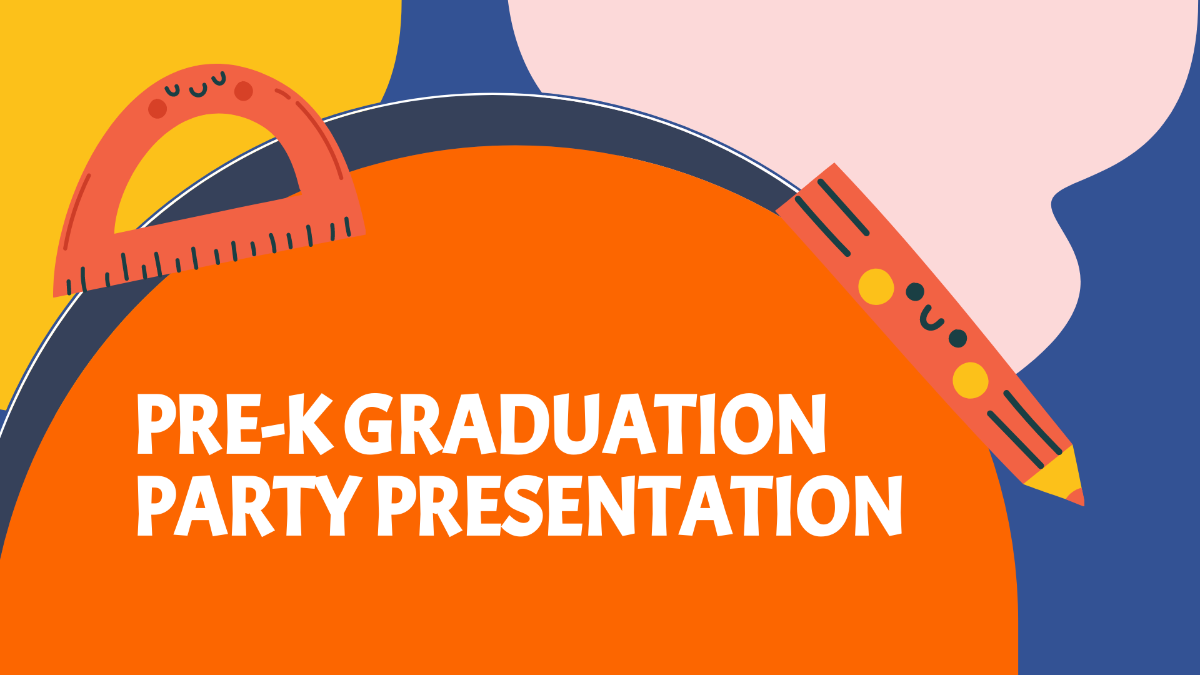
Pre-K Graduation Party Presentation Template
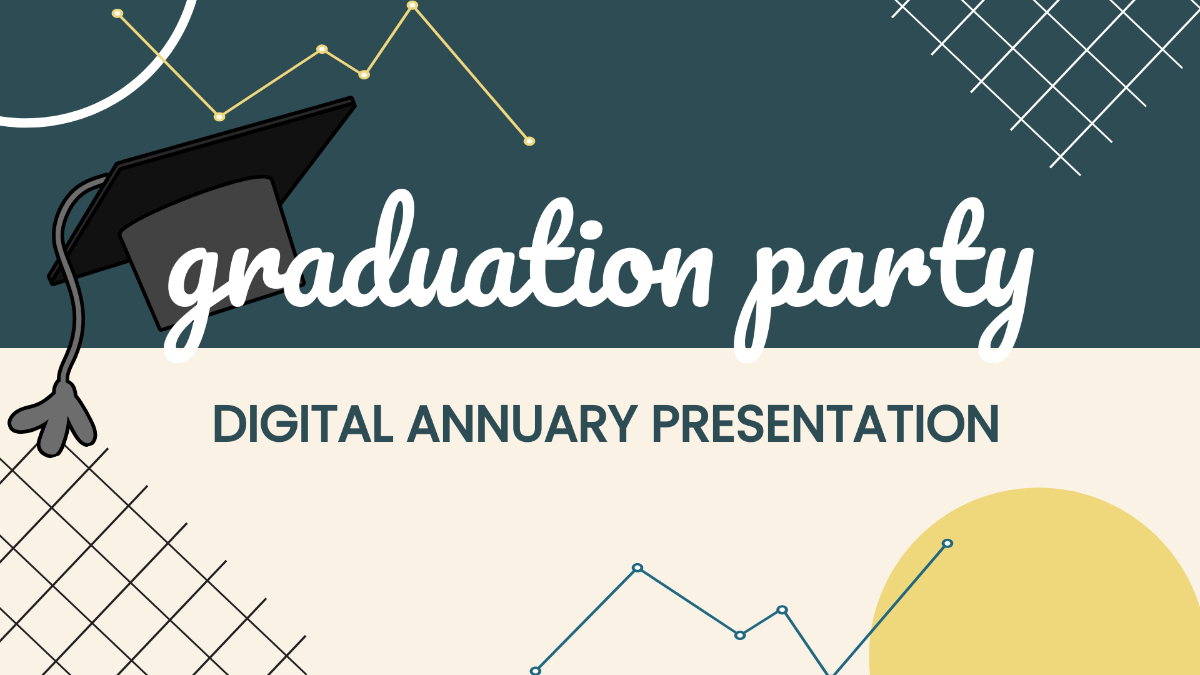
Graduation Party Digital Annuary Presentation Template

College Graduation Party Presentation Template
Presentations take more time to make since the content should have a tailored approach for the viewers. You need to do extensive research for it to become more accurate. If you need to make one in the shortest amount of time, our University Presentation Templates are a handy collection that you can avail! The templates are 100% editable and customizable. They're available in PowerPoint, Pages, and Google Slides as well. The original content gives you ideas in creating your presentation without any hassle. Score the best deals by downloading our templates now!
How to Create a University Presentation?
A university presentation is a document that students and staff make to present a topic. These types of documents are also used to introduce the university to new students.
Presentations come in handy when you need to present a topic at school . The features in applications you choose to make it on are convenient for you. If you need to create one for your class, read our tips below.
1. Decide on a Topic
You can't make a proper presentation without a topic in mind. Determine the kind of topic that you want to tackle. Almost all presentations are informative, and these help a lot during lectures. Create a list of possible subtopics from your main topic.
2. Research the Facts
Get relevant information based on your list of topics and subtopics. Make an outline of all the information that you have gathered—from facts, statistics, and other useful data. If you're working with a group for your presentation, it's easier if you assign each member a topic to research on.
3. Write Content
Open a blank slide and start writing your content. Begin with a catchy introduction. You can use a video, a quote, an iconic poster , or a historical fact to kickstart your presentation. Statistics work better when you're making an academic presentation. Just write the content in the simplest manner possible.
4. Add Details
It's not just content that adds beauty to the presentation. The details also contribute a lot as well. Add graphics and colors to your presentation. Use tables, pie charts, and diagrams to present statistical data accurately. Doing so will make viewers understand your topic better.
Frequently Asked Questions
How do you add images in a presentation.
Adding an image in a presentation is simple with the following steps:
1. Download the image. 2. Go to the file and choose a slide where you want to put the image. 3. Click right and Insert. 4. Choose "Add Image" and click. The image will appear right away.
Can you add a video in a presentation?
Yes, but make sure that you've already downloaded the video first. Cite the source of the video at the bottom of the slide. You can even add some context to it in another slide if you want.
Do students work better in groups during a presentation?
If the students have great teamwork, they work well during a presentation. It all lies on how they work as a group.
What are the characteristics of a good presentation?
The characteristics of a good presentation include:
1. Well-researched content 2. Captivating images and videos 3. Clean fonts 4. Simple writing of complex information 5. Smooth flow from one slide to another
What do you need to do before delivering a presentation?
Before delivering a presentation, it helps if you do the following:
1. Study your topic well. 2. Have a practice presentation. 3. Make sure the audio visual aspects work well. 4. Ask a friend to review your presentation. 5. Check each slide for spelling and grammar mistakes.
Get Access to World's largest Template Library & Tools
- Access to 1 Million+ Templates & Tools
- Unlimited access to Design & Documents AI editors
- Professionally Made Content and Beautifully Designed
- Instant Download & 100% Customizable

IMAGES
VIDEO
COMMENTS
Introduction - Examples should include the topic of the presentation, why it is important for the audience to learn about it, a brief outline of the presentation's major points, and possibly a greeting and/or introduction. Specific introduction examples showing a presentation starting with: An interesting/amazing fact An engaging story
2. Open the Speech by Giving Compliment & Show Gratitude towards your Audience. Secondly, just after wishing greeting to your audience give them compliment and choose some words which show that you are delighted to see them there. Example: It's great to see you all, Thank you for coming here today.
took), but really just to hit the four items above. Keep in mind that an introduction should constitute. bout 10% to 20% of the length of your presentation. So if you are presenting for 10 minutes, your int. tes, no more.1) Capture your audience's interestThis is a sentence or two that you use. o get people's attention and draw their ...
How to write a presentation introduction. Consider using the tips below to engage your audience before your next presentation: 1. Tell your audience who you are. Introduce yourself, and then once your audience knows your name, tell them why they should listen to you. Example: "Good morning. My name is Miranda Booker, and I'm here today to ...
It effectively kills and buries even the best messages. Table of Contents. The Classic Trick: Open a Presentation with an Introduction. Open a Presentation with a Hook. Begin with a Captivating Visual. Ask a "What if…". Question. Use the Word "Imagine". Leverage The Curiosity Gap.
Ask a question and get your audience to respond by raising hands. Get the complete Presentations in English Series: Part 1: How to Prepare for Your Presentation in English. Part 2: How to Start with a Great Introduction in Your Presentation. Part 3: How to Organize Your Presentation in English.
We are a HGSE resource created to help graduate students develop their presentation skills and to provide a space and. ltivate their oral and visual communication skillsNing ZouAssociate Director for Student A. ademic Services & Learning Design and a research librarian. She oversees Gutman Library's Writing Services and the Communications Lab ...
Click on captions to see subtitles in English.This video is found in the ELC Open Online Courses. Find out more and join them here: https://www.polyu.edu.hk/...
11. "Let's embark on a journey through our discussion on…". 12. "I'm delighted to have the chance to share my insights on…". 13. "Thank you for the opportunity to present to such an esteemed audience on…". 14. "Let's set the stage for an engaging discussion about…". 15.
Start with a polite welcome and state your name. Follow with your job title and/or the reason you're qualified to speak on the topic being discussed. 2. State the Purpose of Your Presentation. Now that your audience knows who you are and your qualifications, you can state the purpose of your presentation.
A 10-15 Minute Scientific Presentation, Part 1: Creating an Introduction. For many young scientists, the hardest part of a presentation is the introduction. How do you set the stage for your talk so your audience knows exactly where you're going? Here's how: follow the the CCQH pattern -- C ontext, C omplication, Q uestion, H ypothesis. Fit ...
Idea 4: Video. This could work just as marvellous as sharing an image and opening a short discussion on its interpretations. You could even start with a video and use it as a segue into your presentation. For example this video could be used as a great example for a marketing strategy by the brand and could be a great way to get the audience ...
Tip 4: Make use of charts and graphs. We all love a good stat. Charts and graphs are a great way to present quantitative evidence and confirm the legitimacy of your claims. They make your presentation more visually appealing and make your data more memorable too. But don't delve too deep into the details.
University Presentation templates ... University Introduction Going from high school to college is a big step in the academic life of any person. Make these new students feel at home studying in your college by using our new free template, whose friendly design can turn your presentation into the best introduction for them. ...
A good introduction to the delivery of your presentation is extremely important. The first minute or so sets the stage for the rest of your talk. You should start with an upbeat, positive mood. The first impression you make lasts. You want to quickly gain the attention, interest, and respect of your audience. Your first words should be lively ...
In the student sample, though the presentation is simple, the images add to the overall purpose of the presentation, and the student has listed references at the end of the presentation. This is a common requirement for college assignment presentation. Click on the image below to view a PDF of the sample student presentation.
Tip #4: Practice. Practice. Practice. You should always practice your presentation in full before you deliver it. You might feel silly delivering your presentation to your cat or your toddler, but you need to do it and do it again. You need to practice to ensure that your presentation fits within the time parameters.
First is a two part set of videos that walks you through organizing a presentation. Part 1 - Creating an Introduction for a 10-15 Minute Scientfic Presentation. Part 2 - Creating the Body of a 10-15 Minute Presentation: Design/Methods; Data Results, Conclusions. Two additional videos should prove useful: Designing PowerPoint Slides for a ...
Instead, focus on the highlights. Identify a single compelling research question which your work addressed, and craft a succinct but complete narrative around it. Craft a compelling research narrative. After identifying the focused research question, walk your audience through your research as if it were a story.
with the person who will chair the session. 3. You should have already checked the projector and computer well before your talk. 4. You should be ready to begin when invited. 5. Your first slide should be on the screen before you begin. 6. It should have your presentation title on it and information about you.
A cool and modern template with neon colors combined with futuristic pictures. Includes 1000+ icons and Flaticon's extension for customizing your slides. Designed to be used in Google Slides, Canva, and Microsoft PowerPoint. 16:9 widescreen format suitable for all types of screens. Includes information about fonts, colors, and credits of the ...
Apply the 10-20-30 rule. Apply the 10-20-30 presentation rule and keep it short, sweet and impactful! Stick to ten slides, deliver your presentation within 20 minutes and use a 30-point font to ensure clarity and focus. Less is more, and your audience will thank you for it! 9. Implement the 5-5-5 rule. Simplicity is key.
Impress Your University Peers and Create Your Presentation with Template.net's Free University Presentation Templates. Browse Through Our Website for a Ready-Made Powerpoint Presentation for Student Group Reports, Classroom Introductions, Rubric Presentations, and More. Each Template Comes with Preformatted Layouts from the Front Page to the Last Page of the Slide.